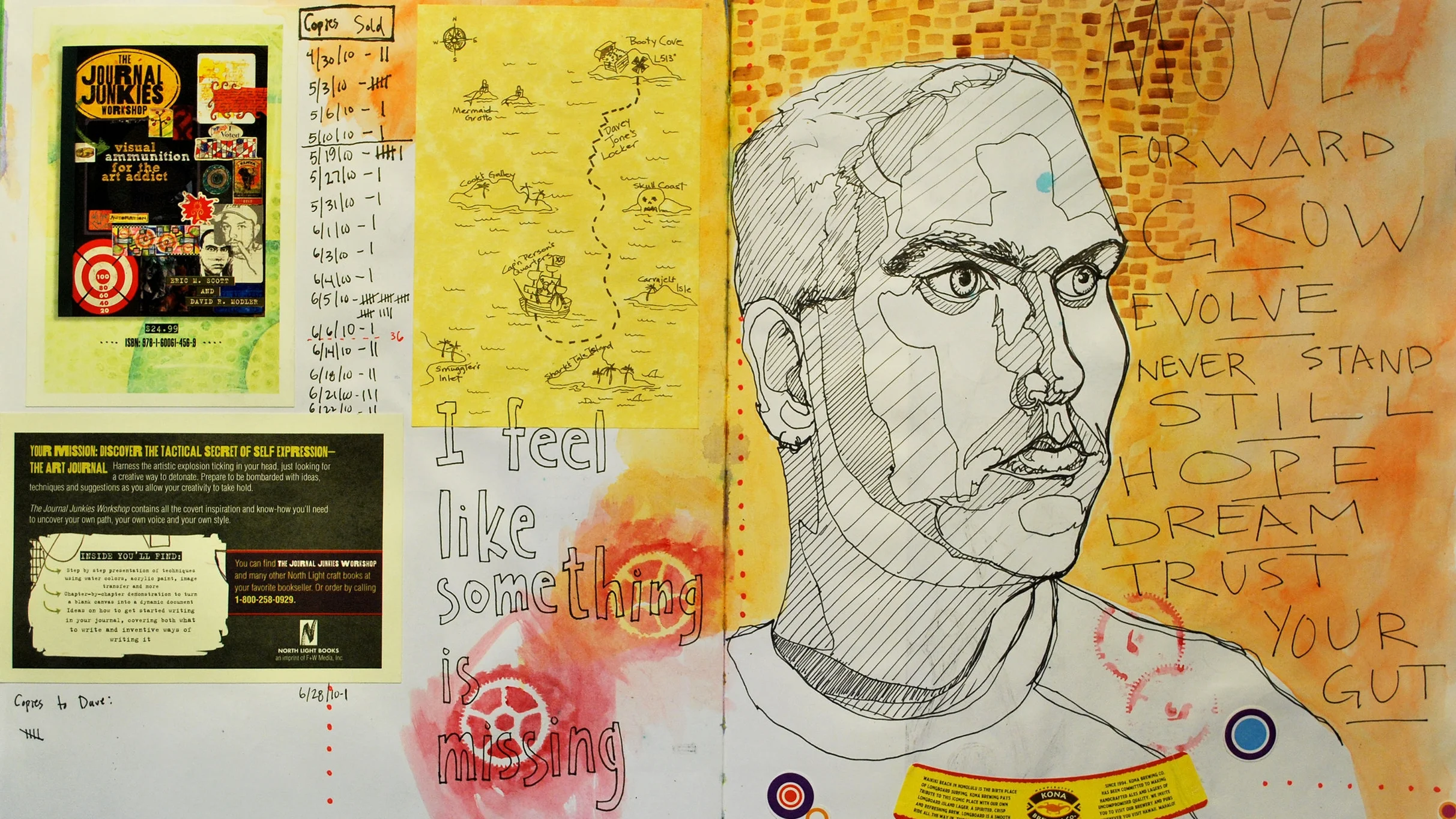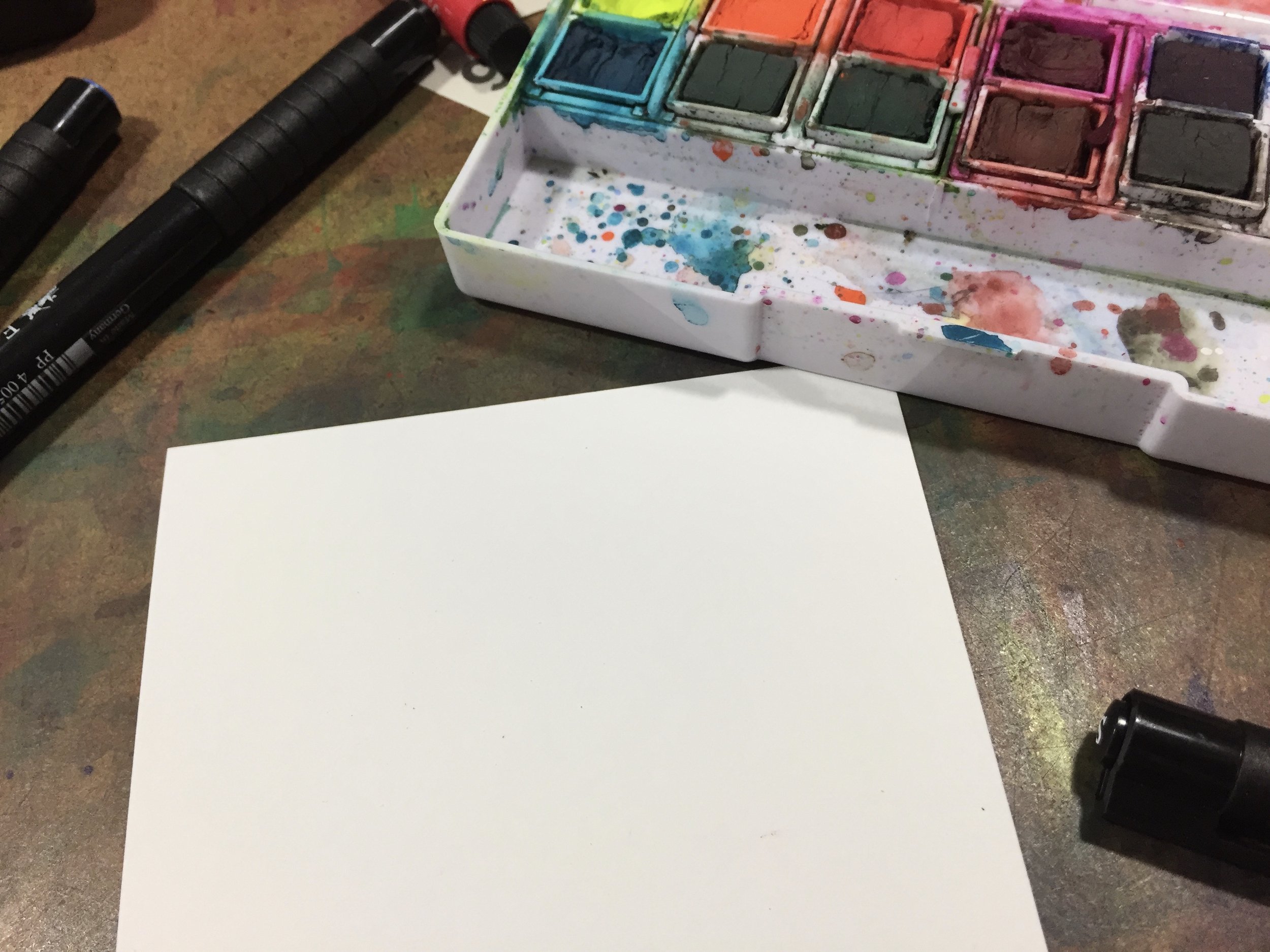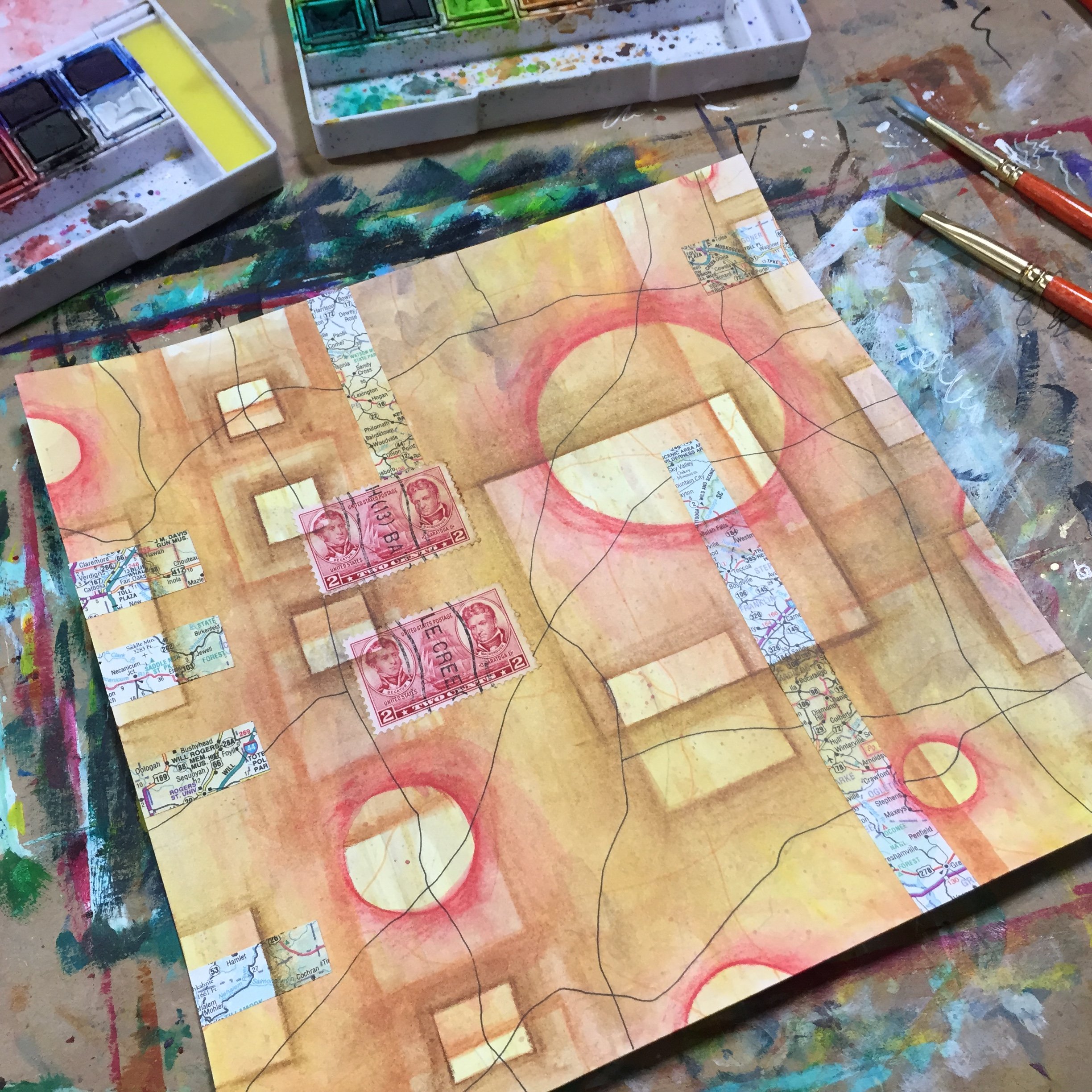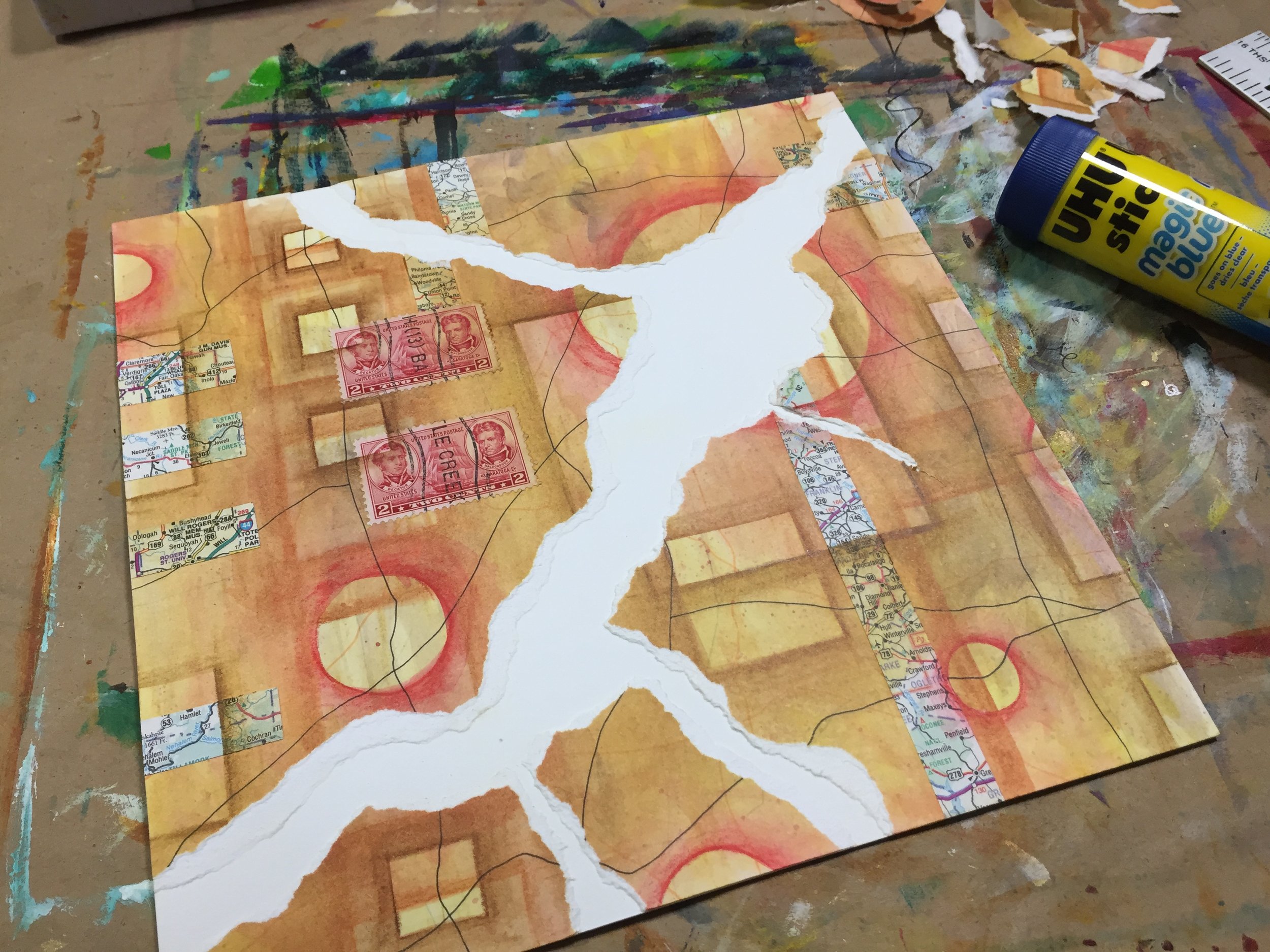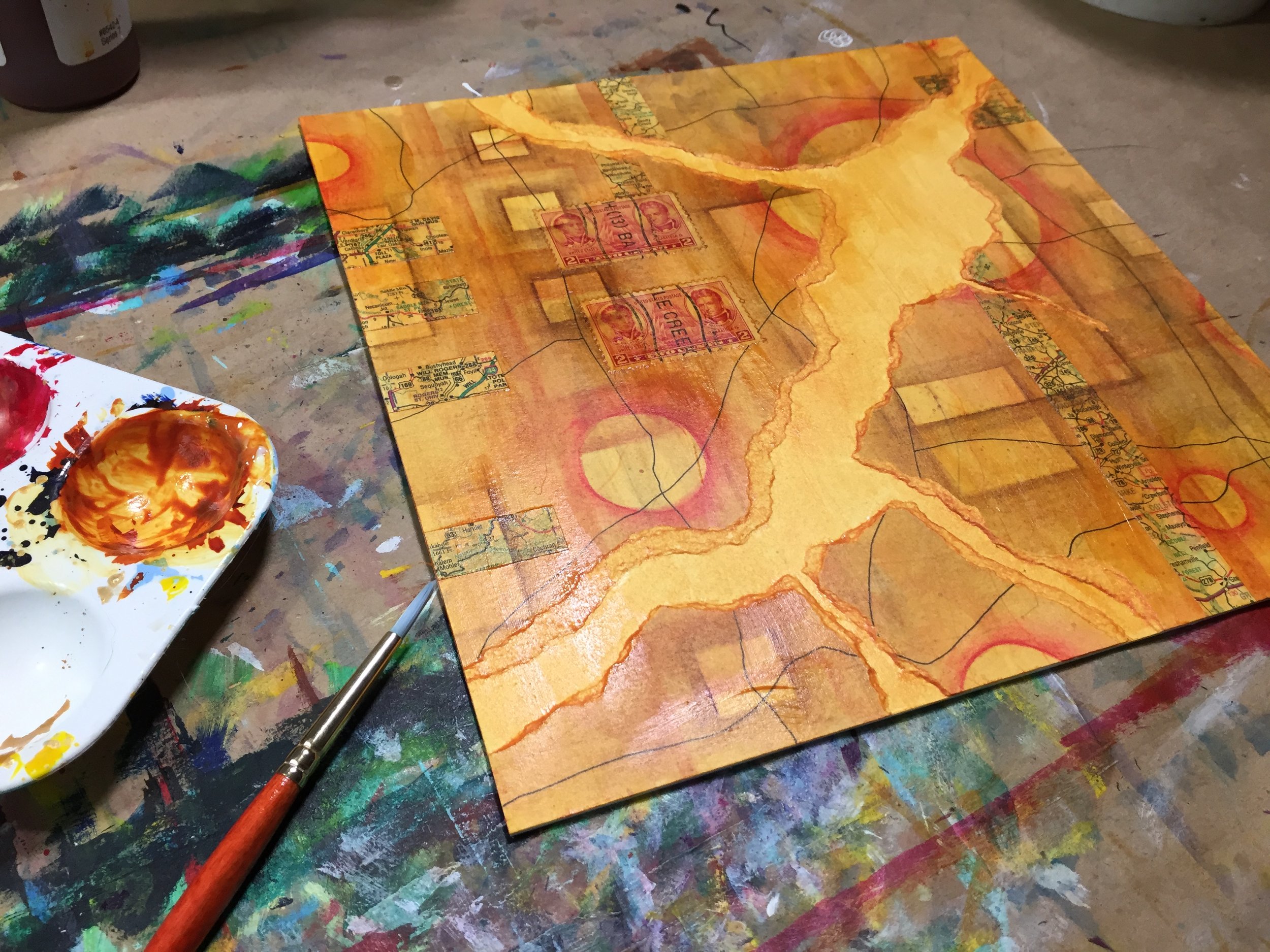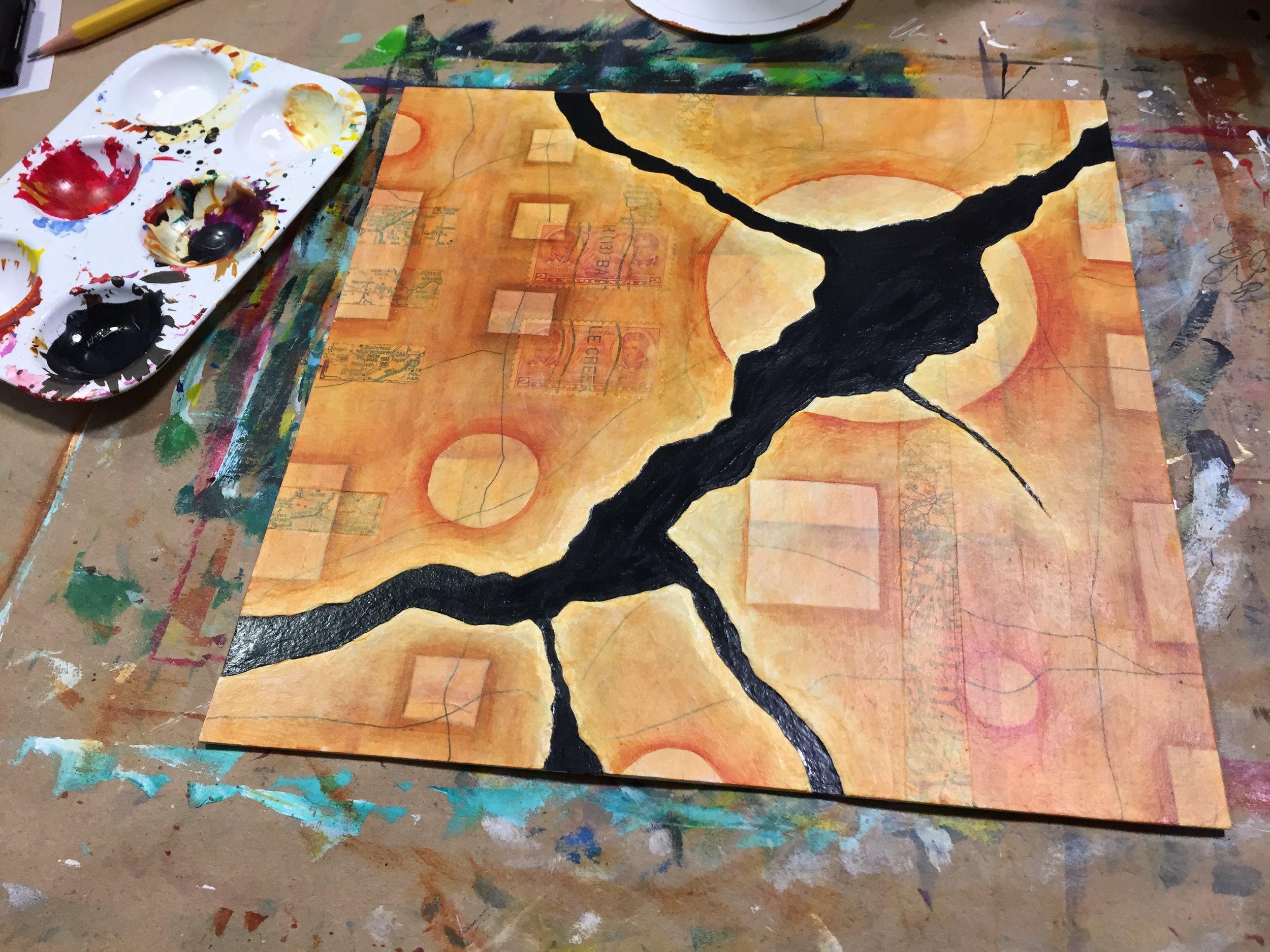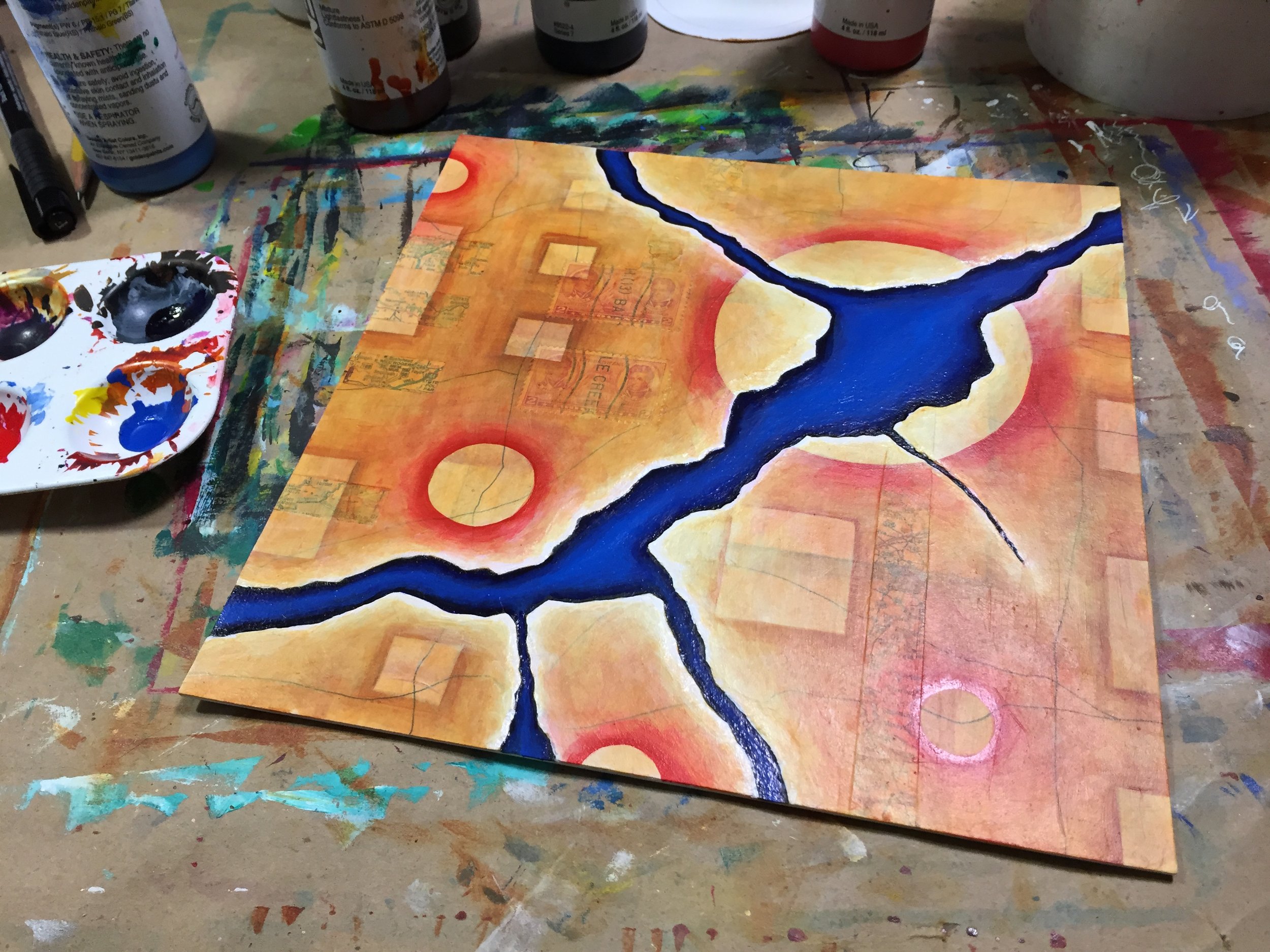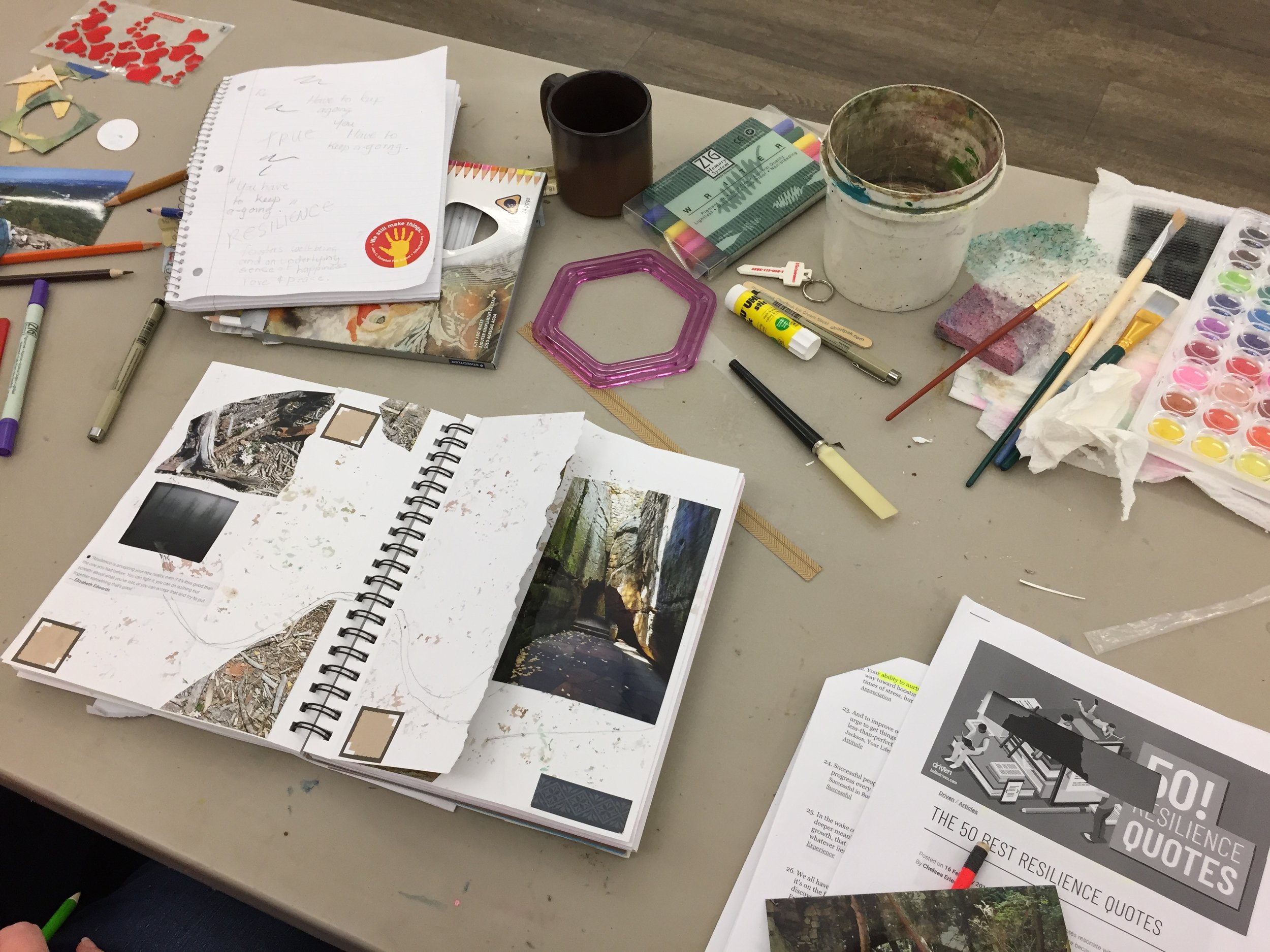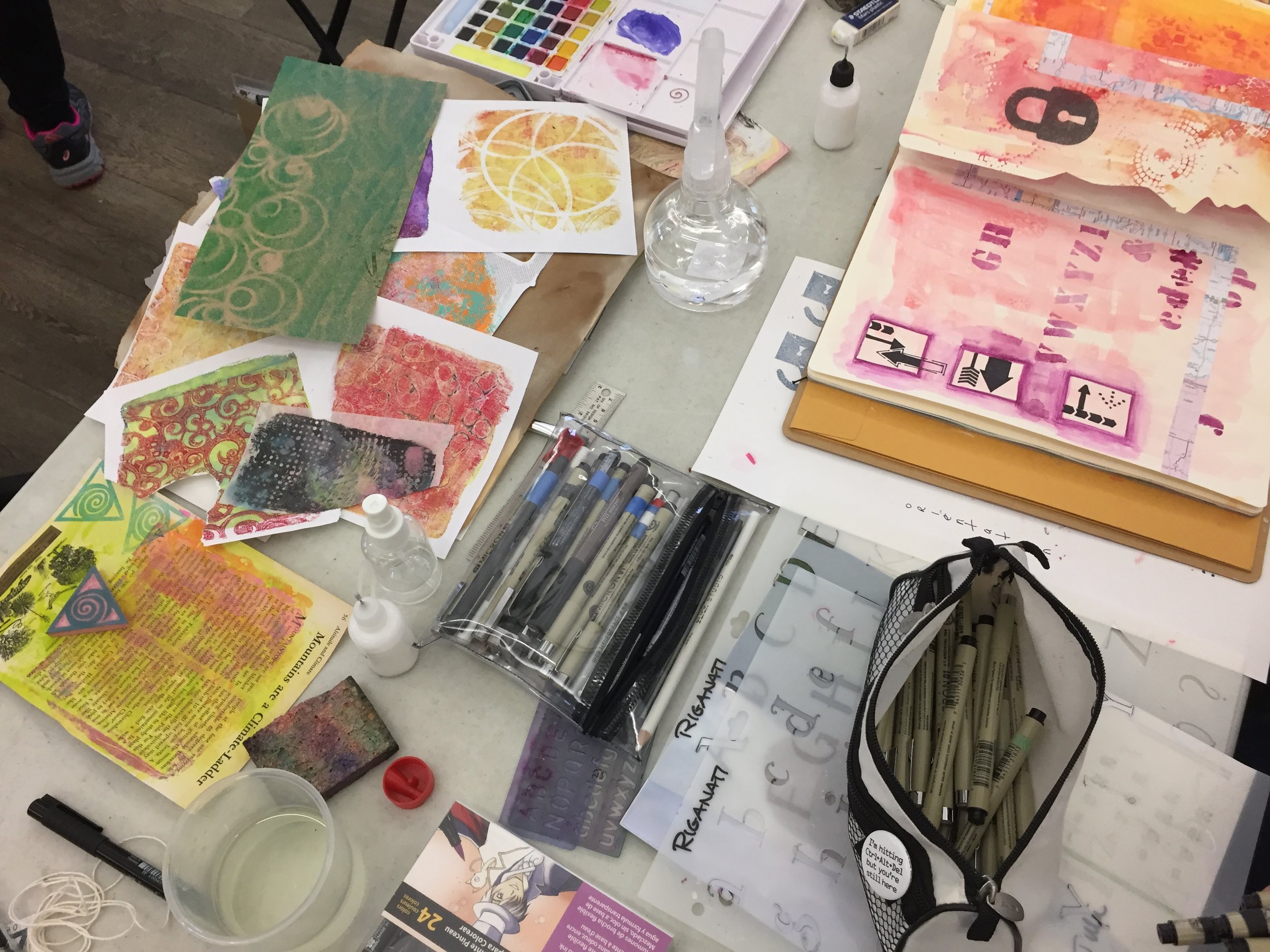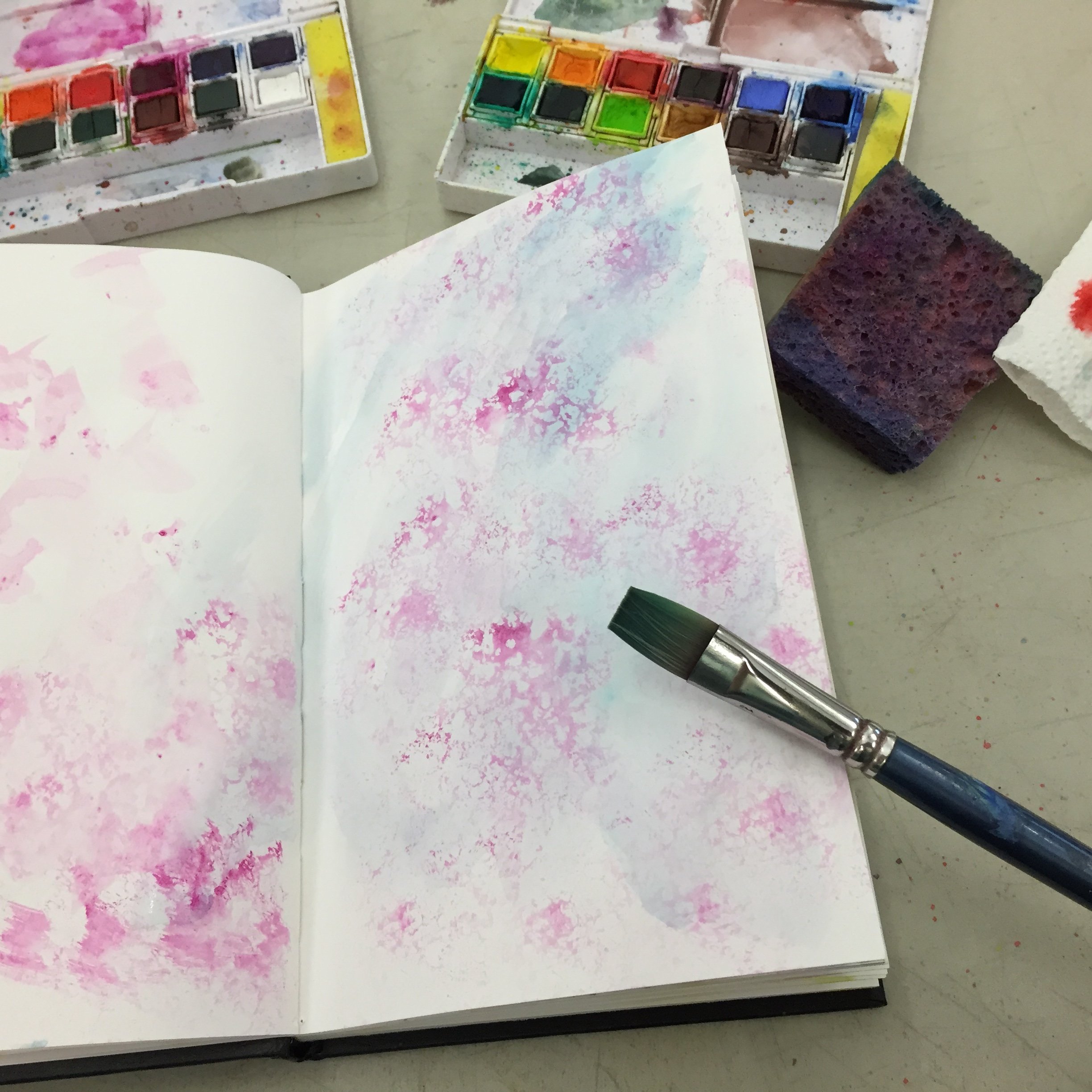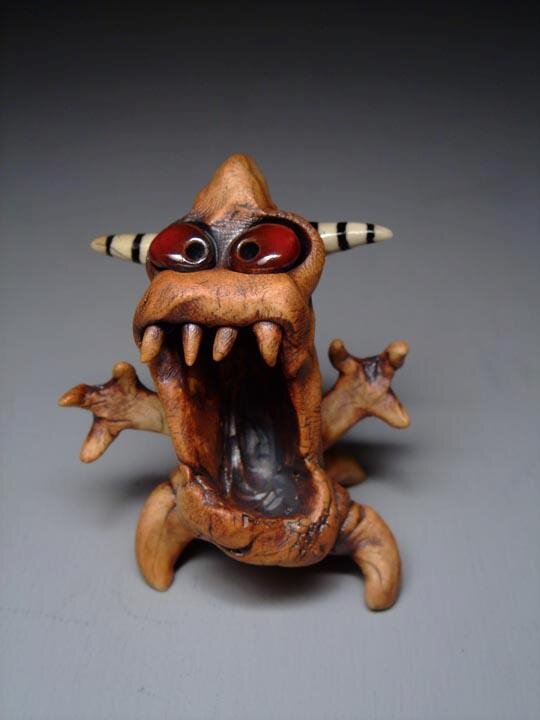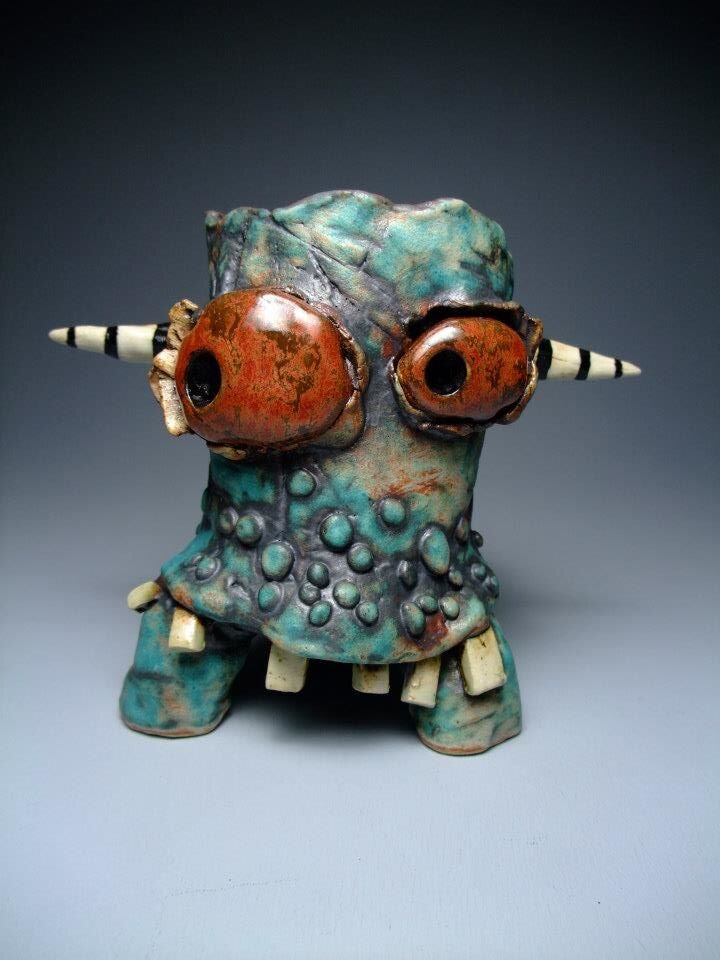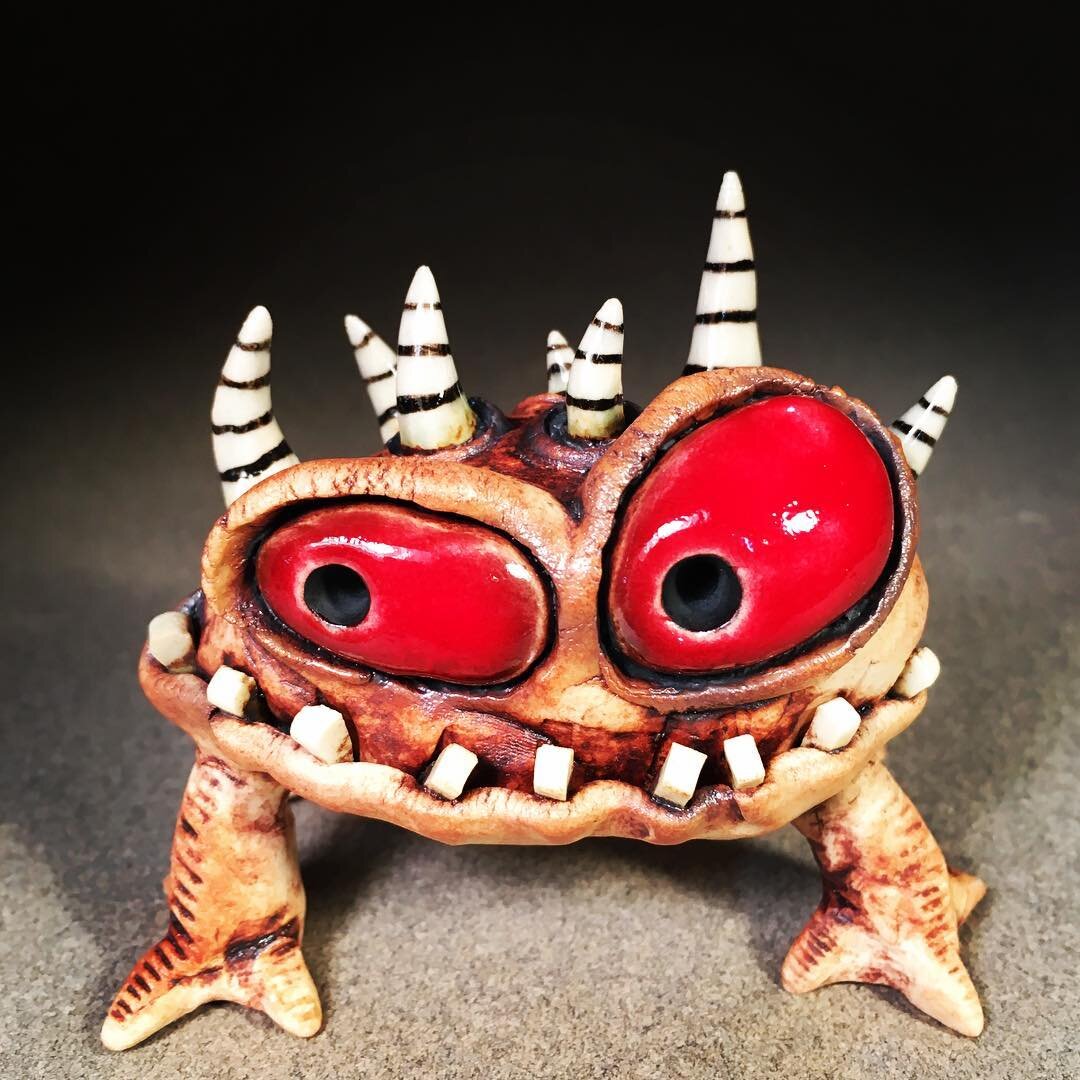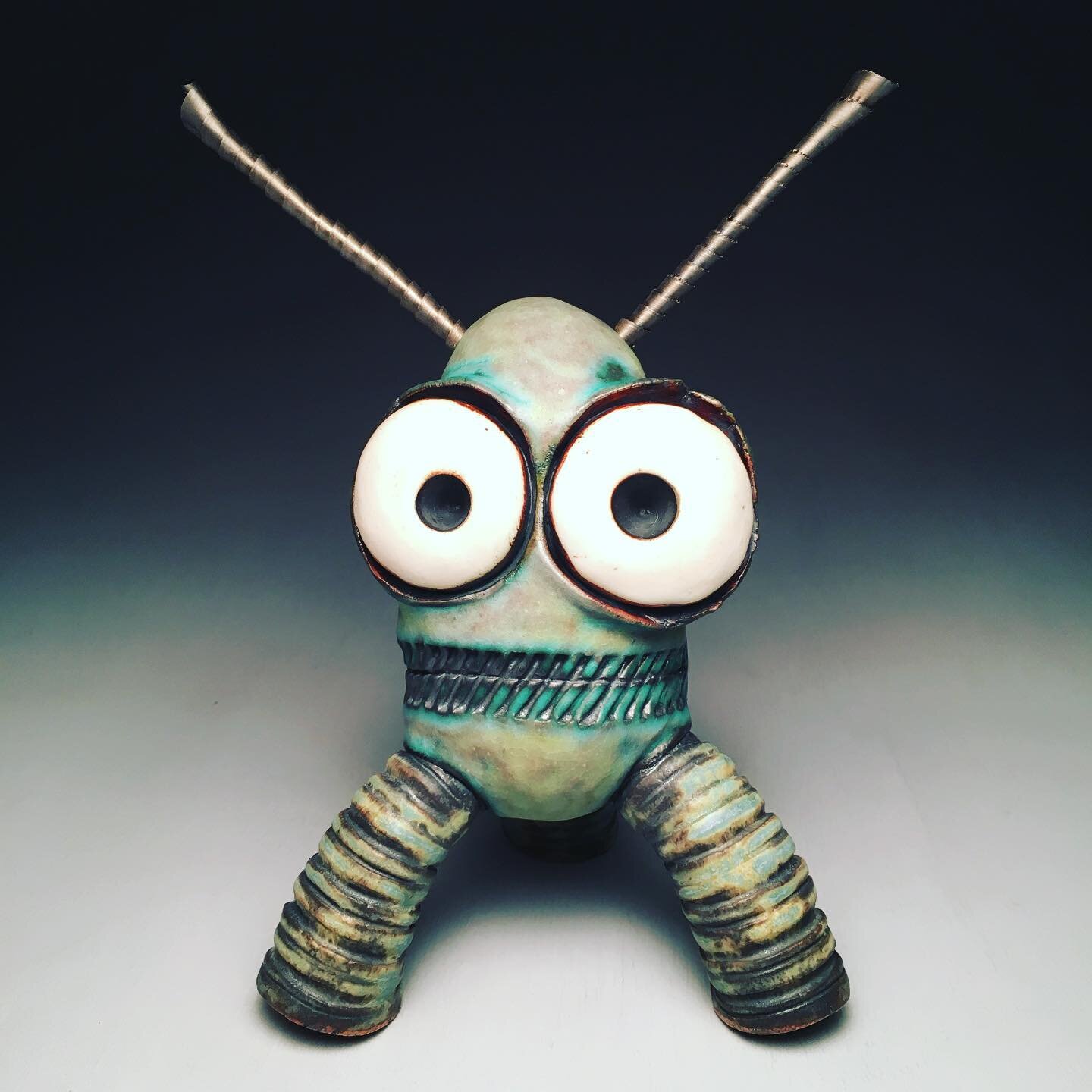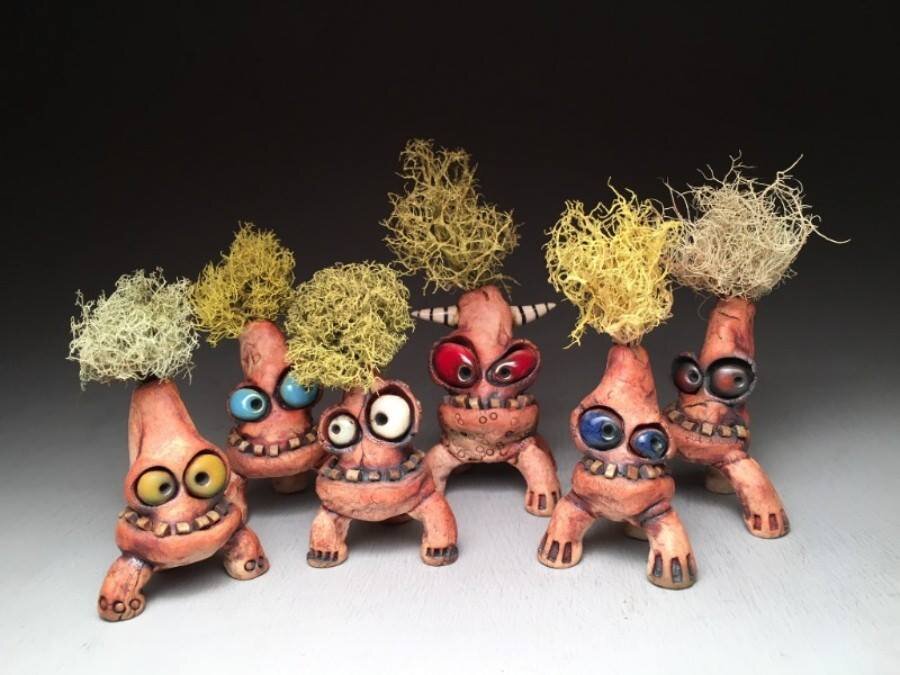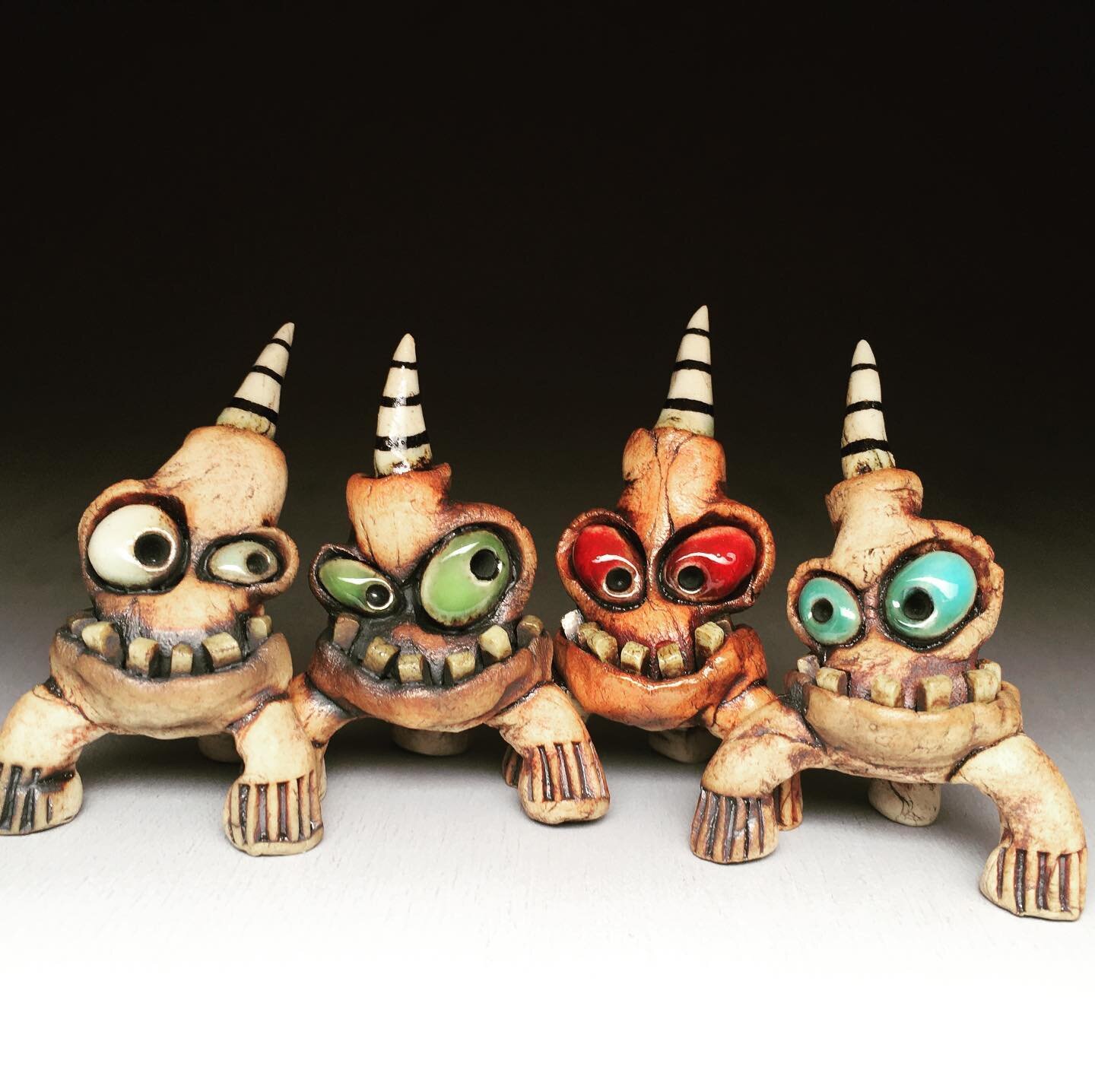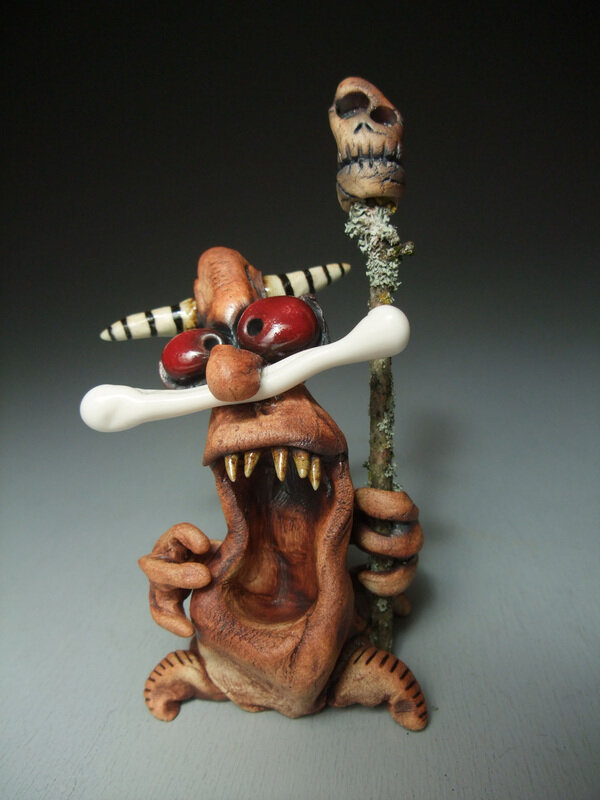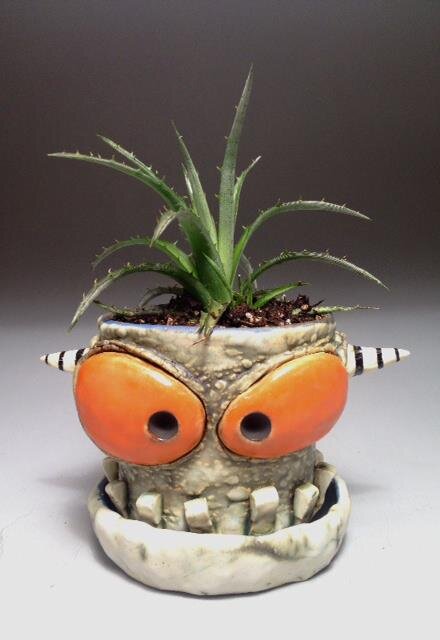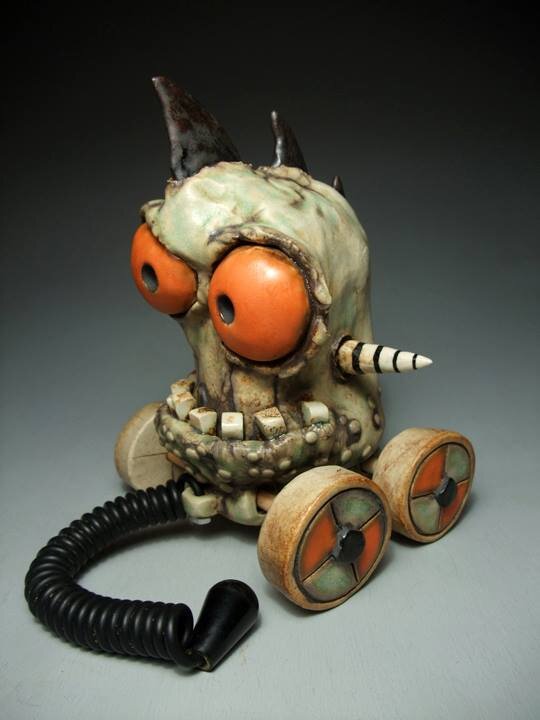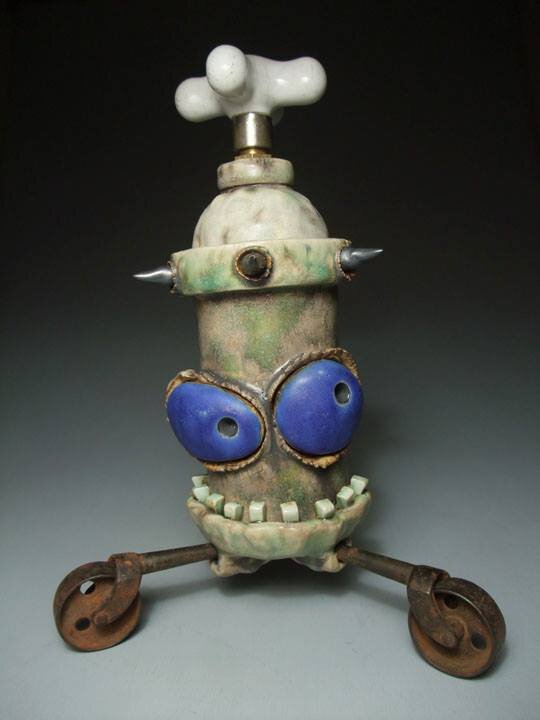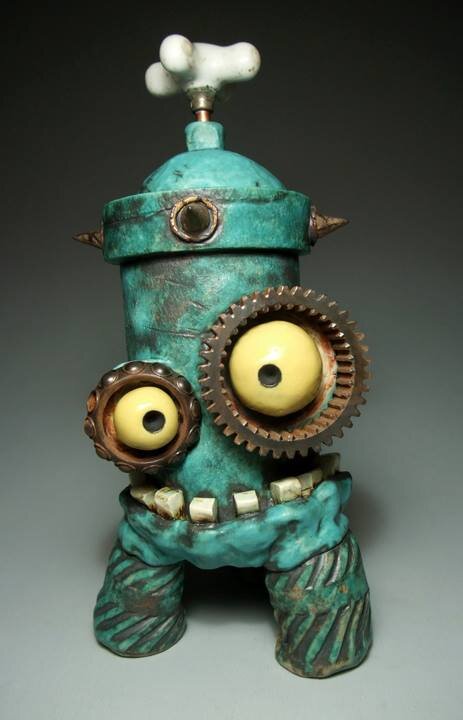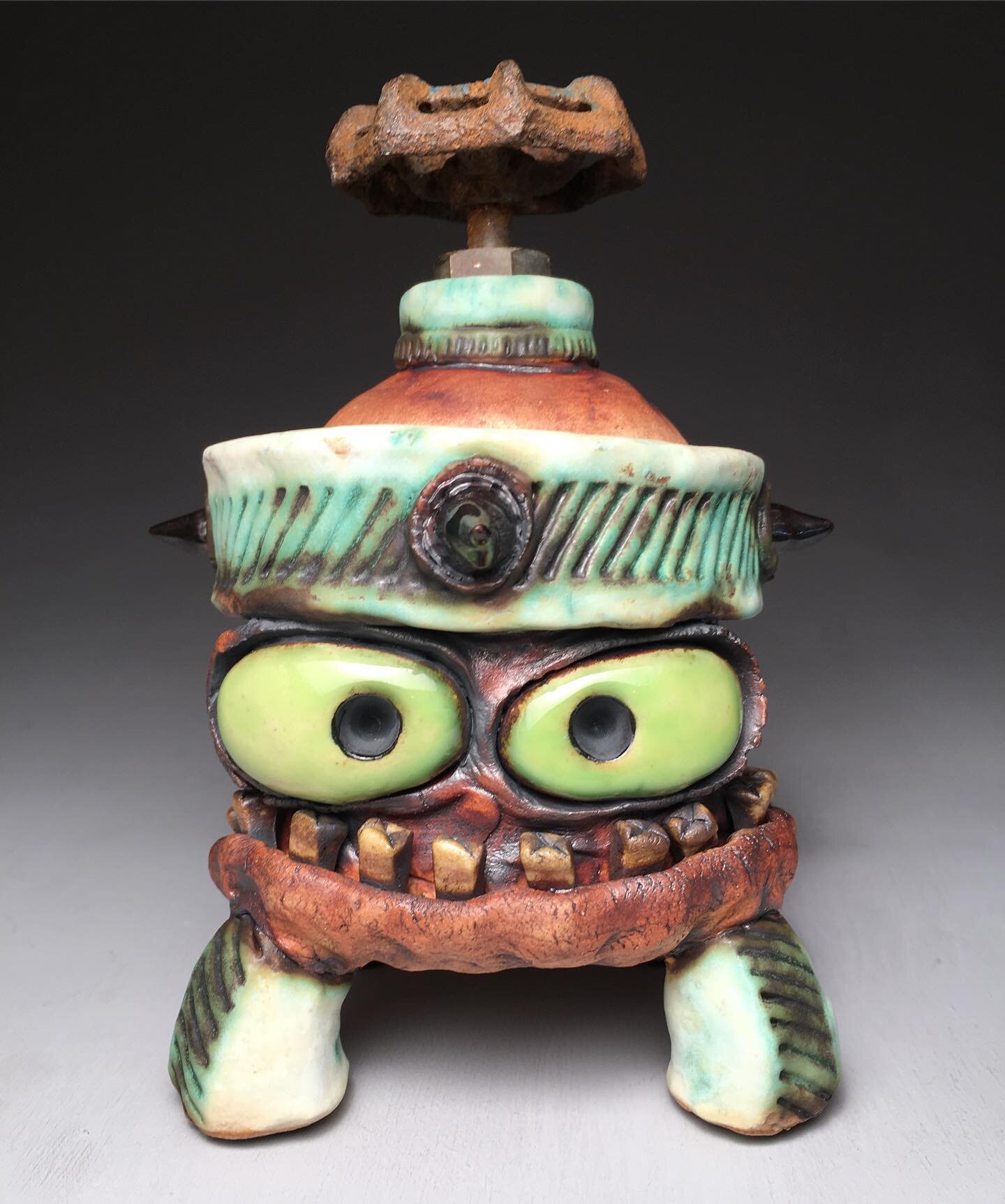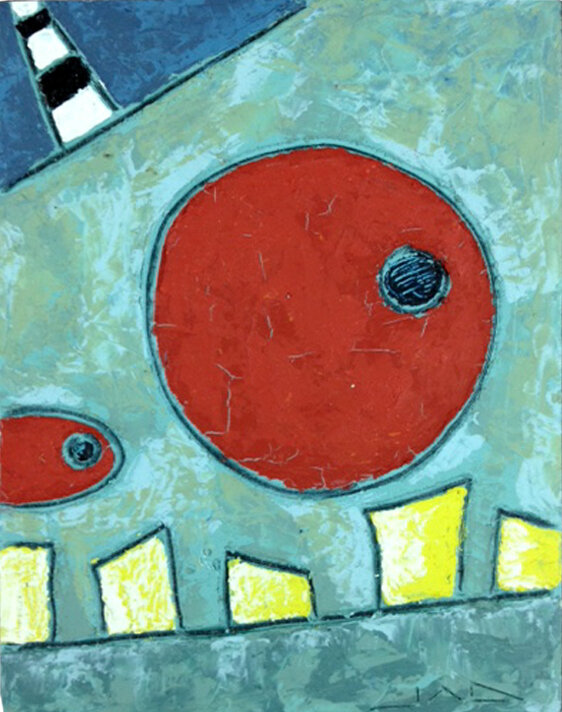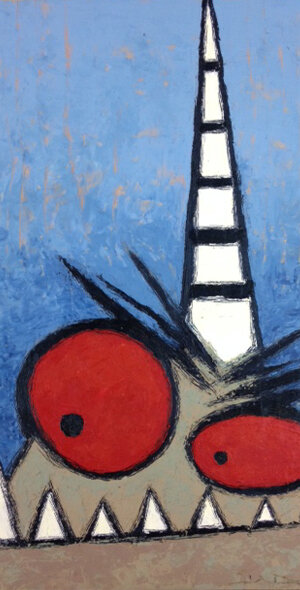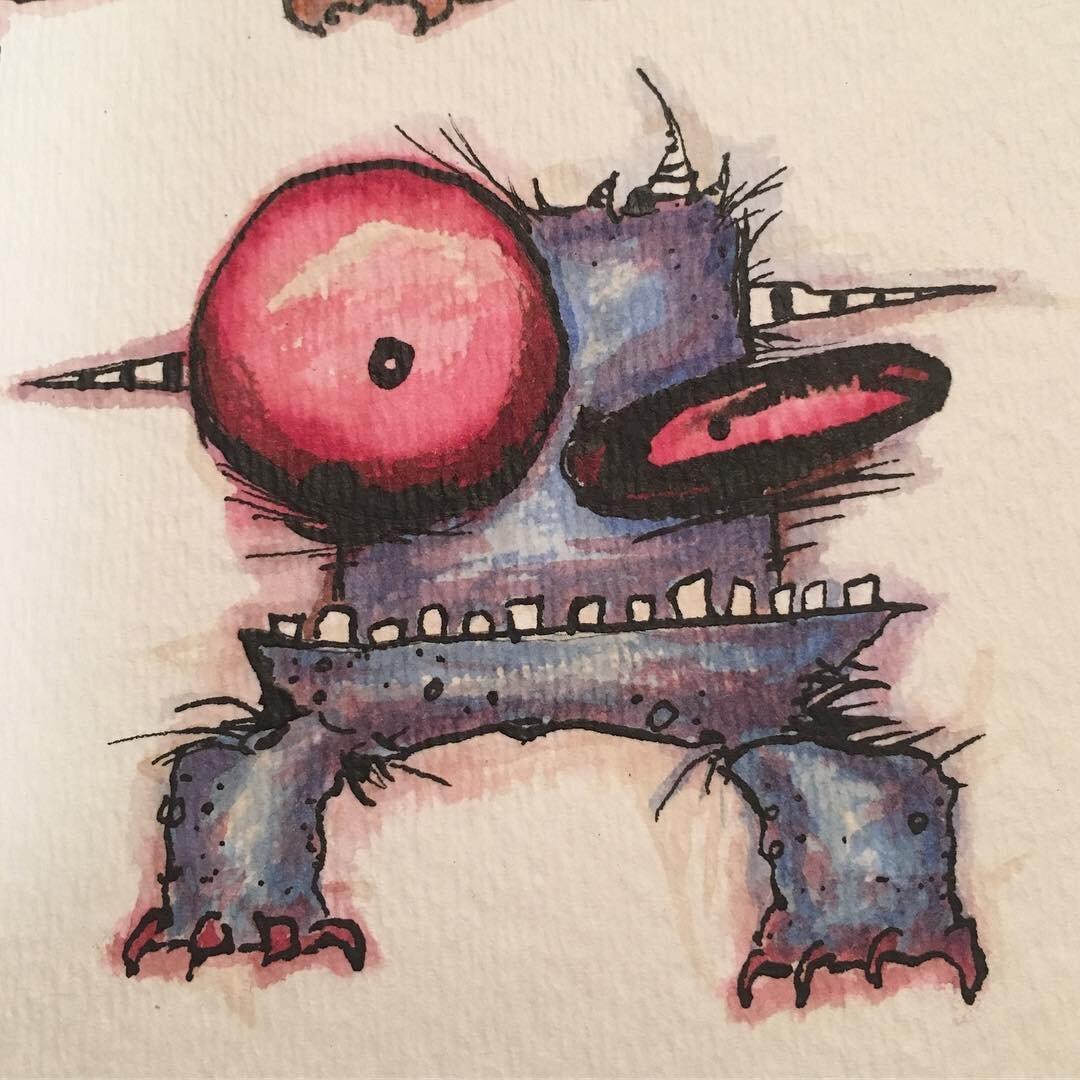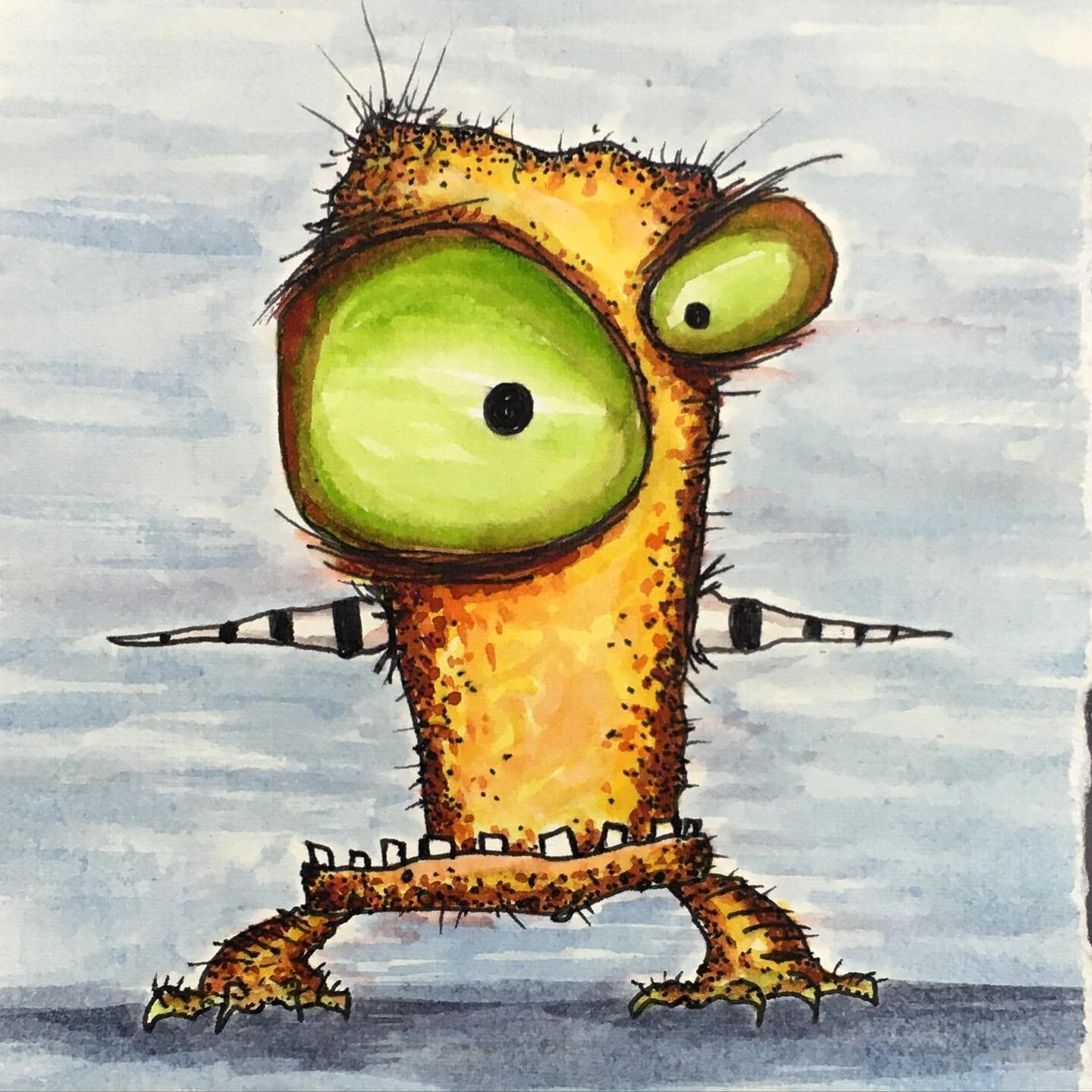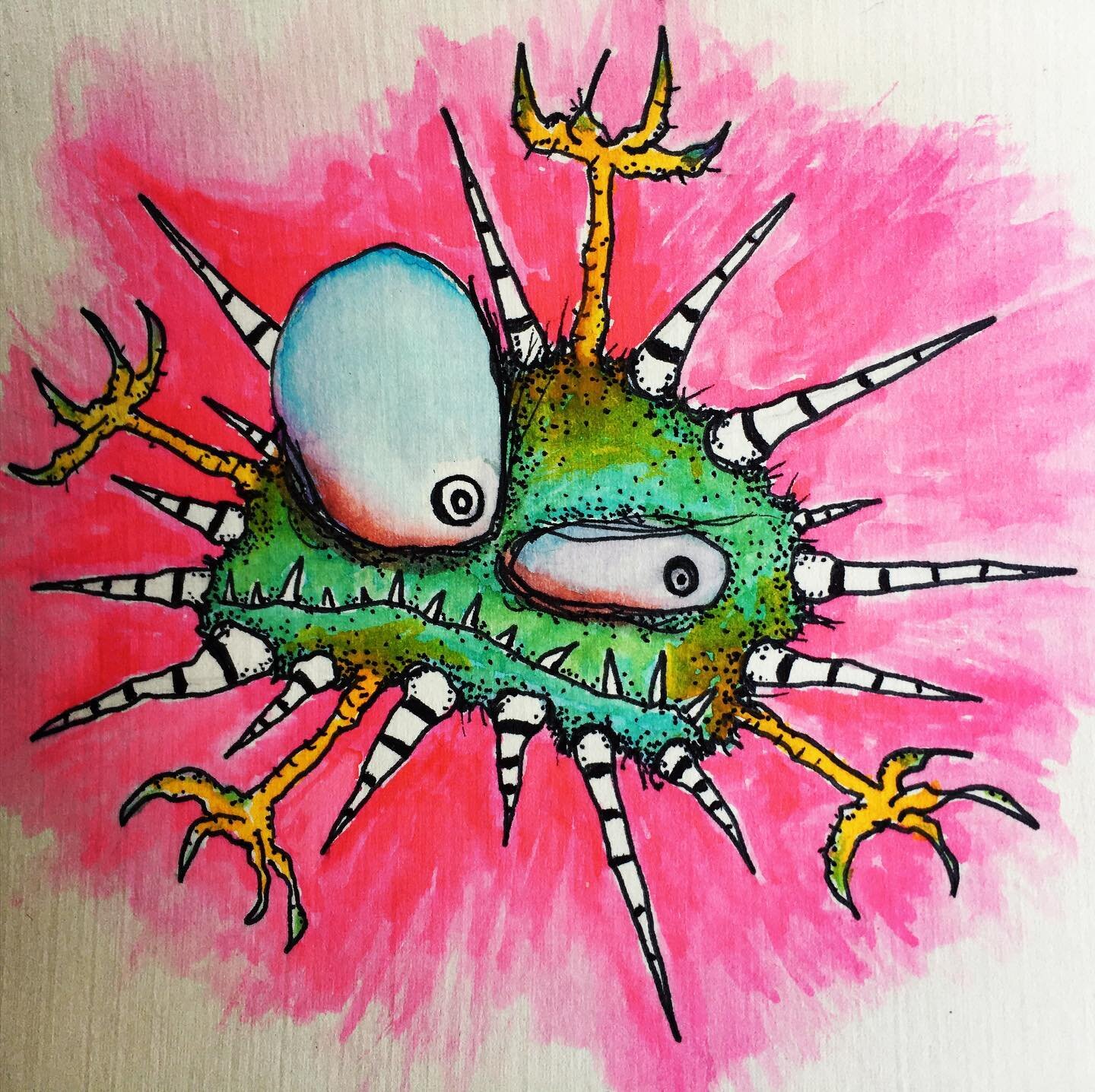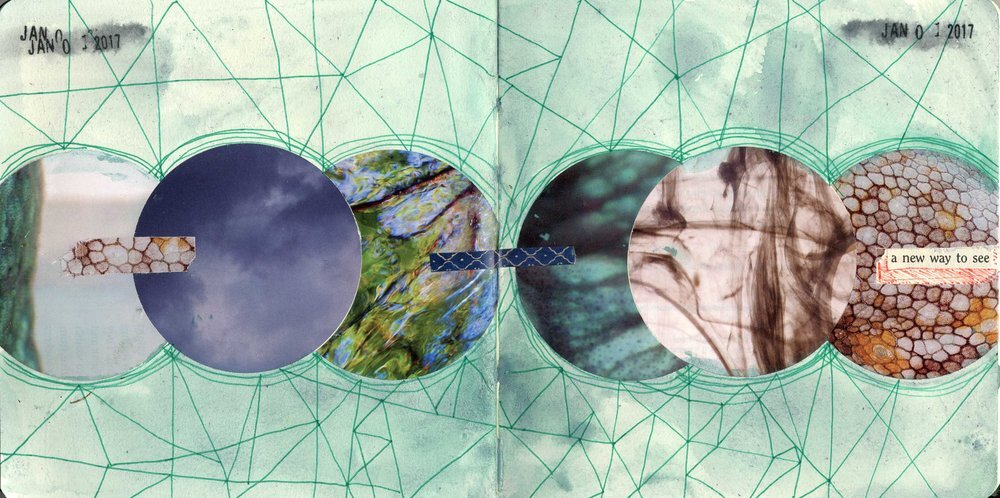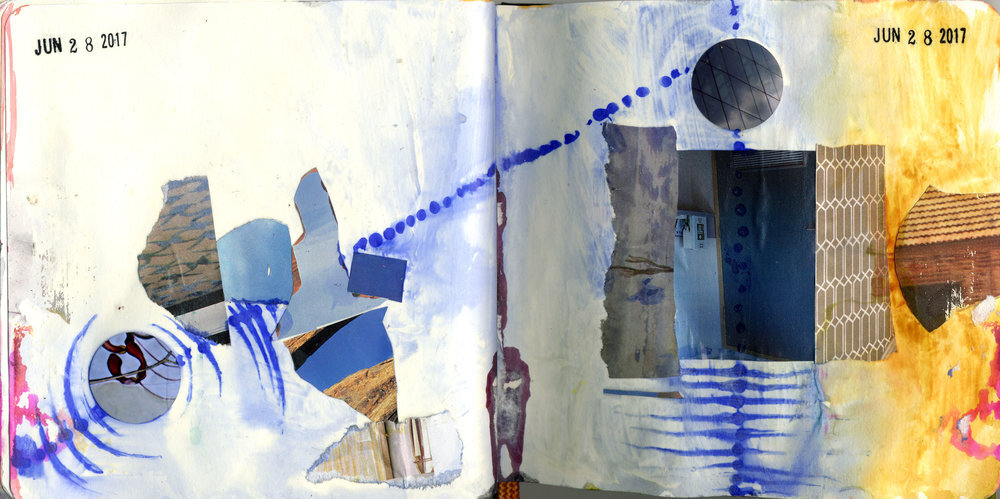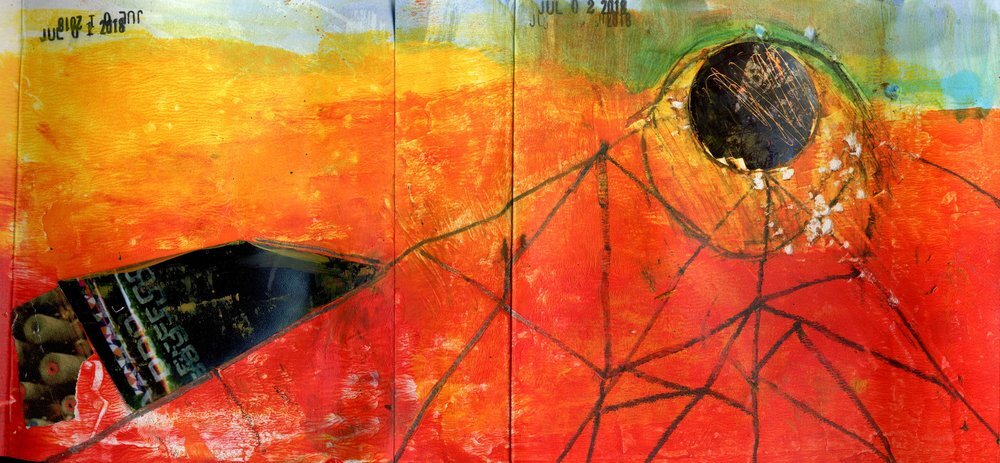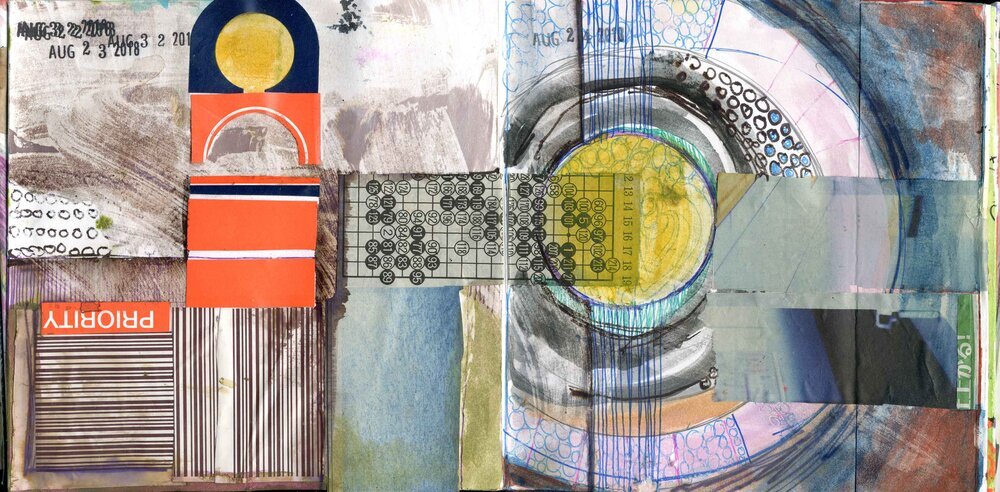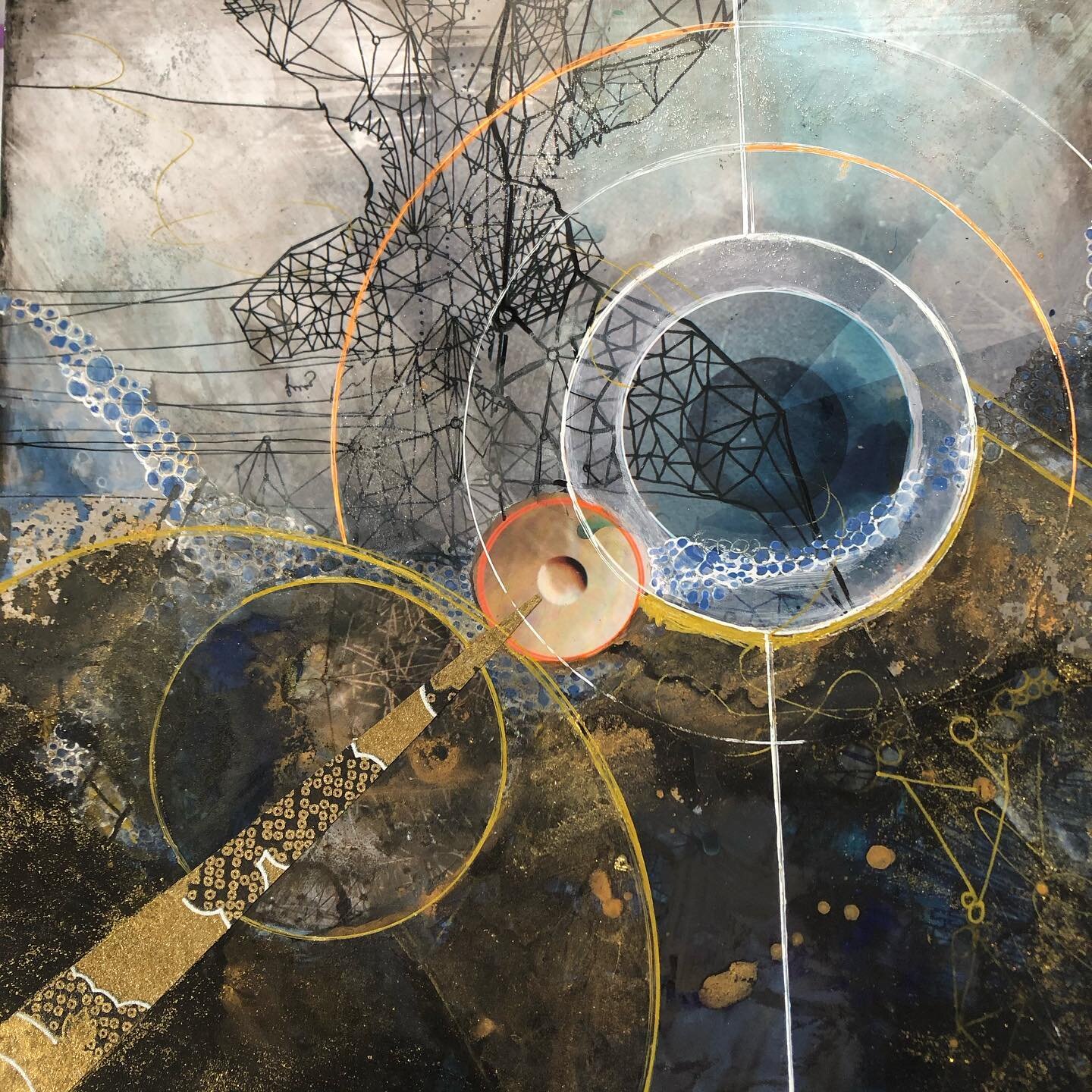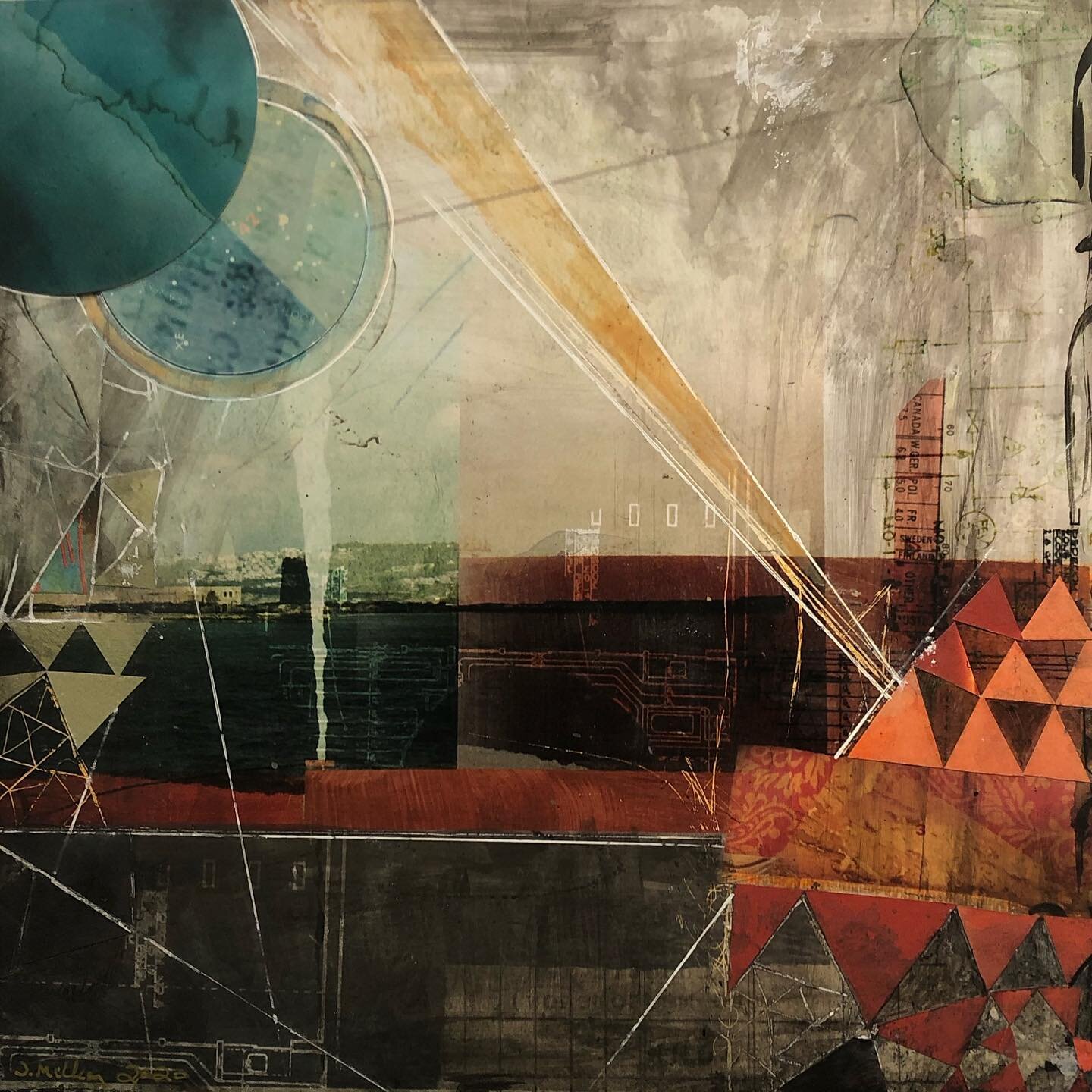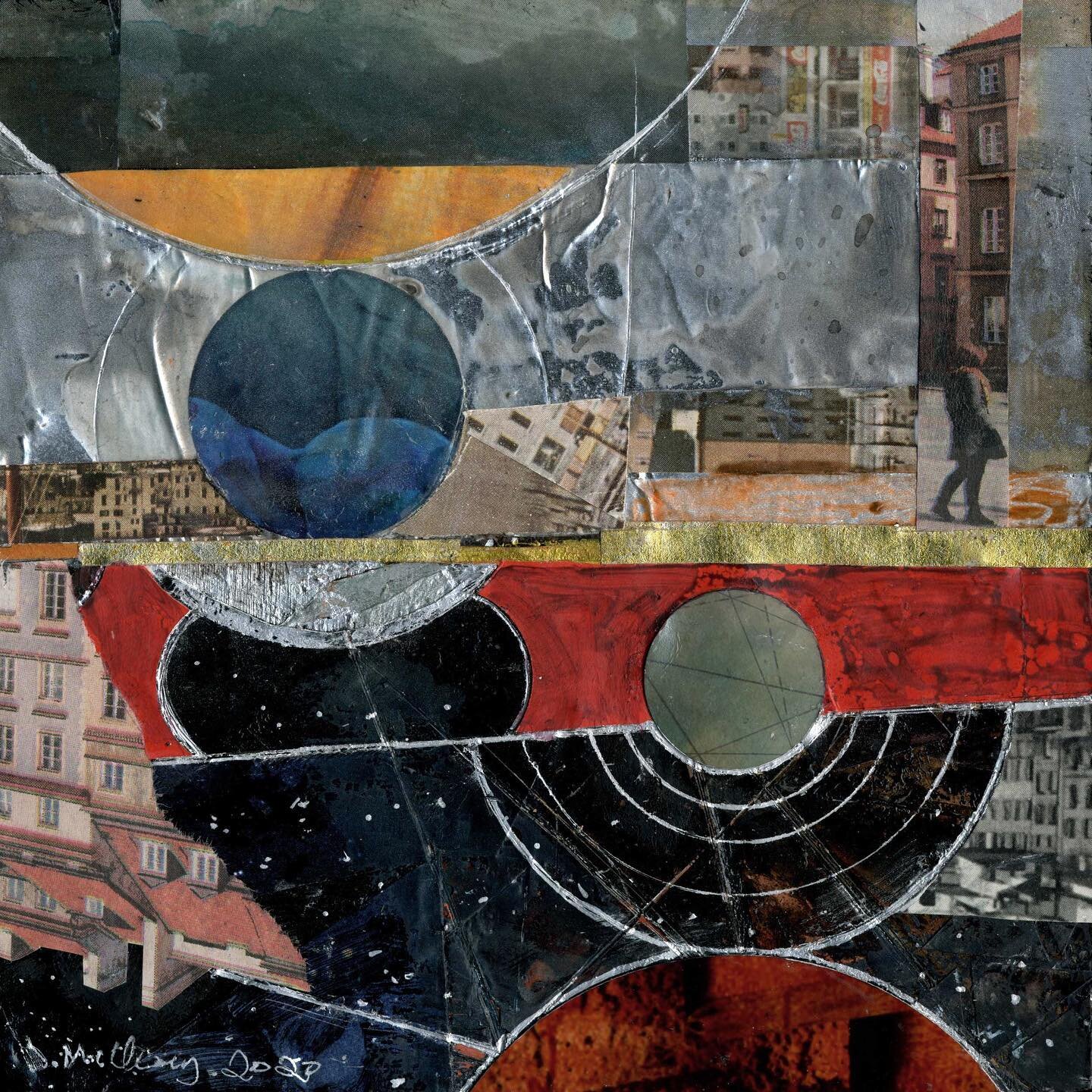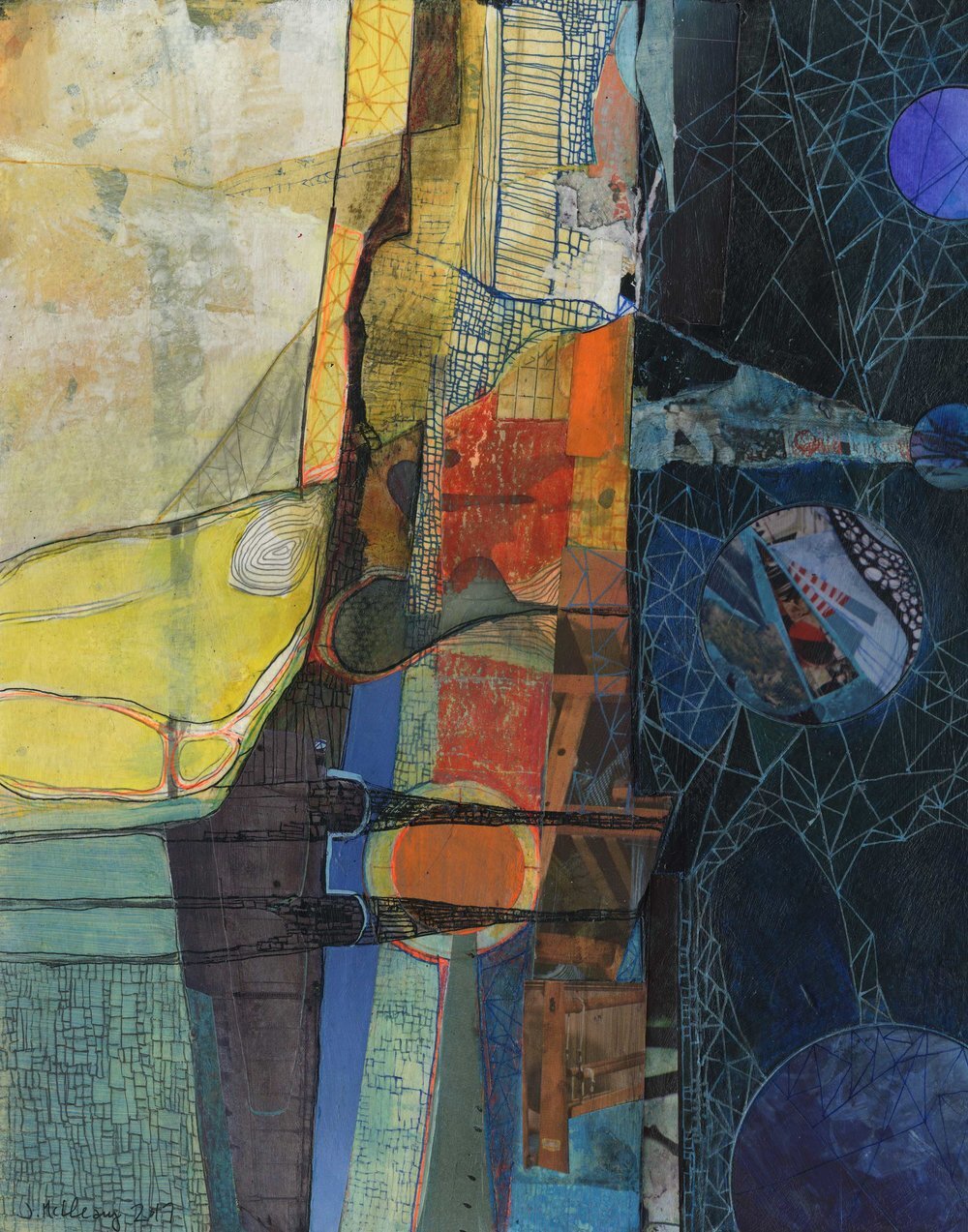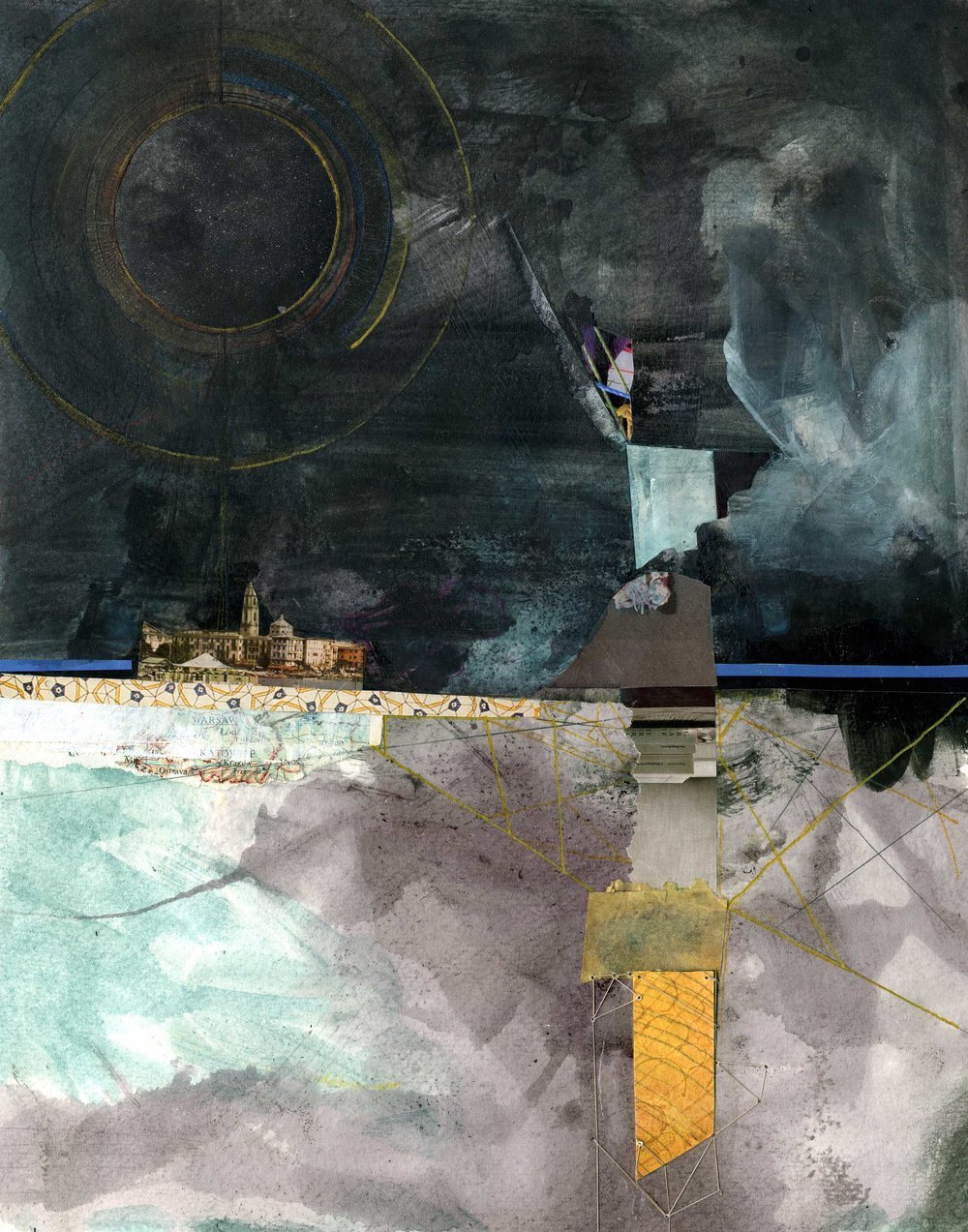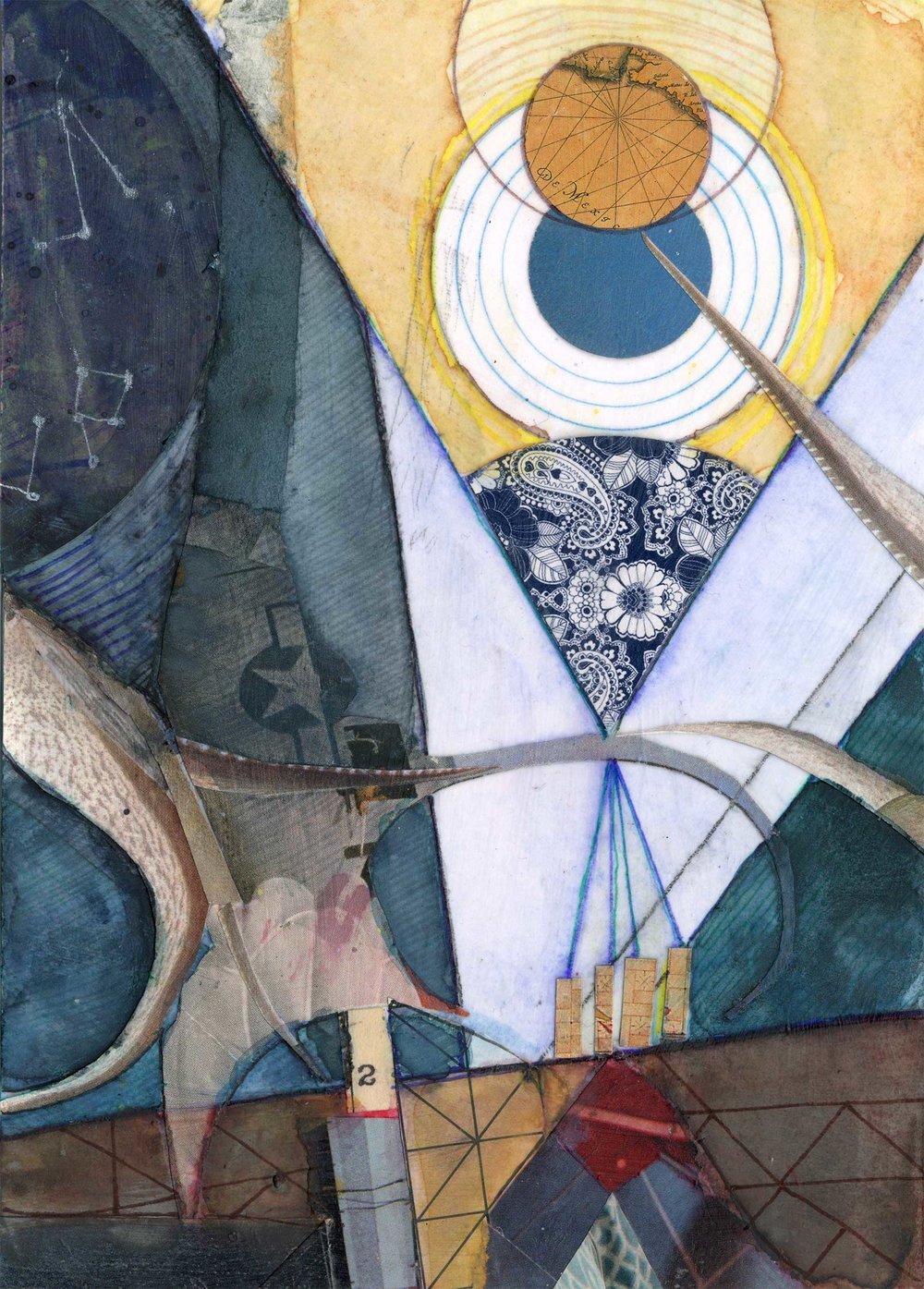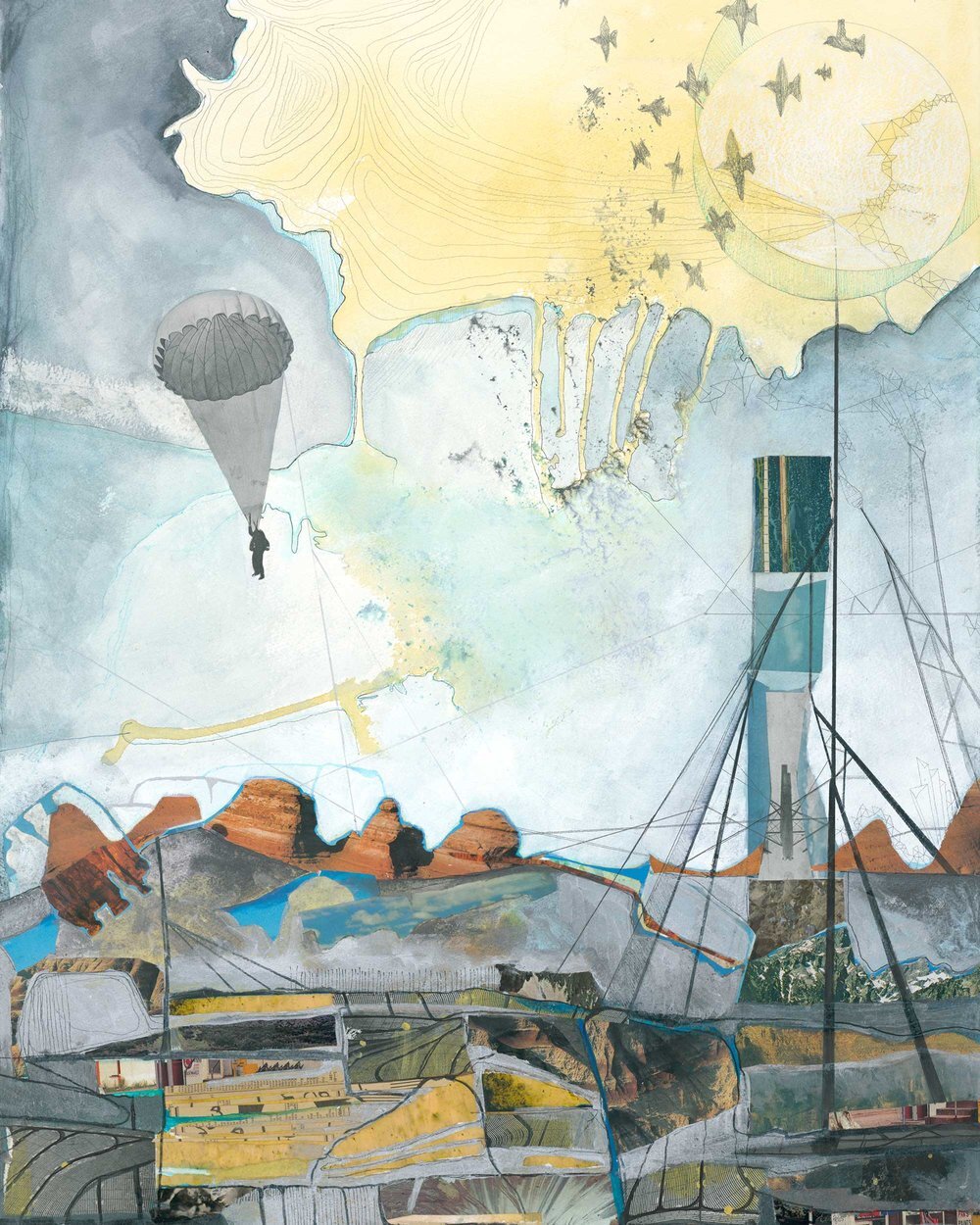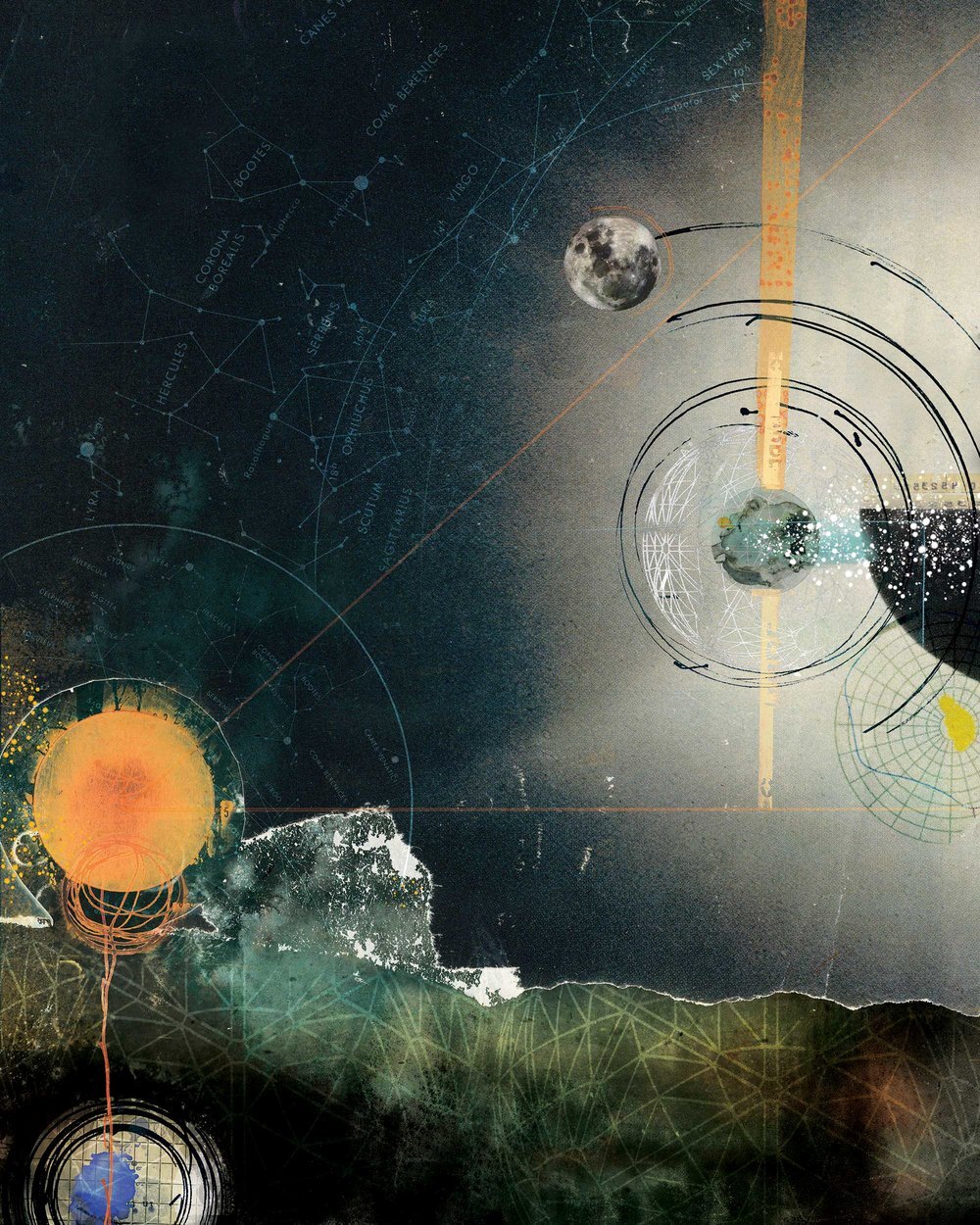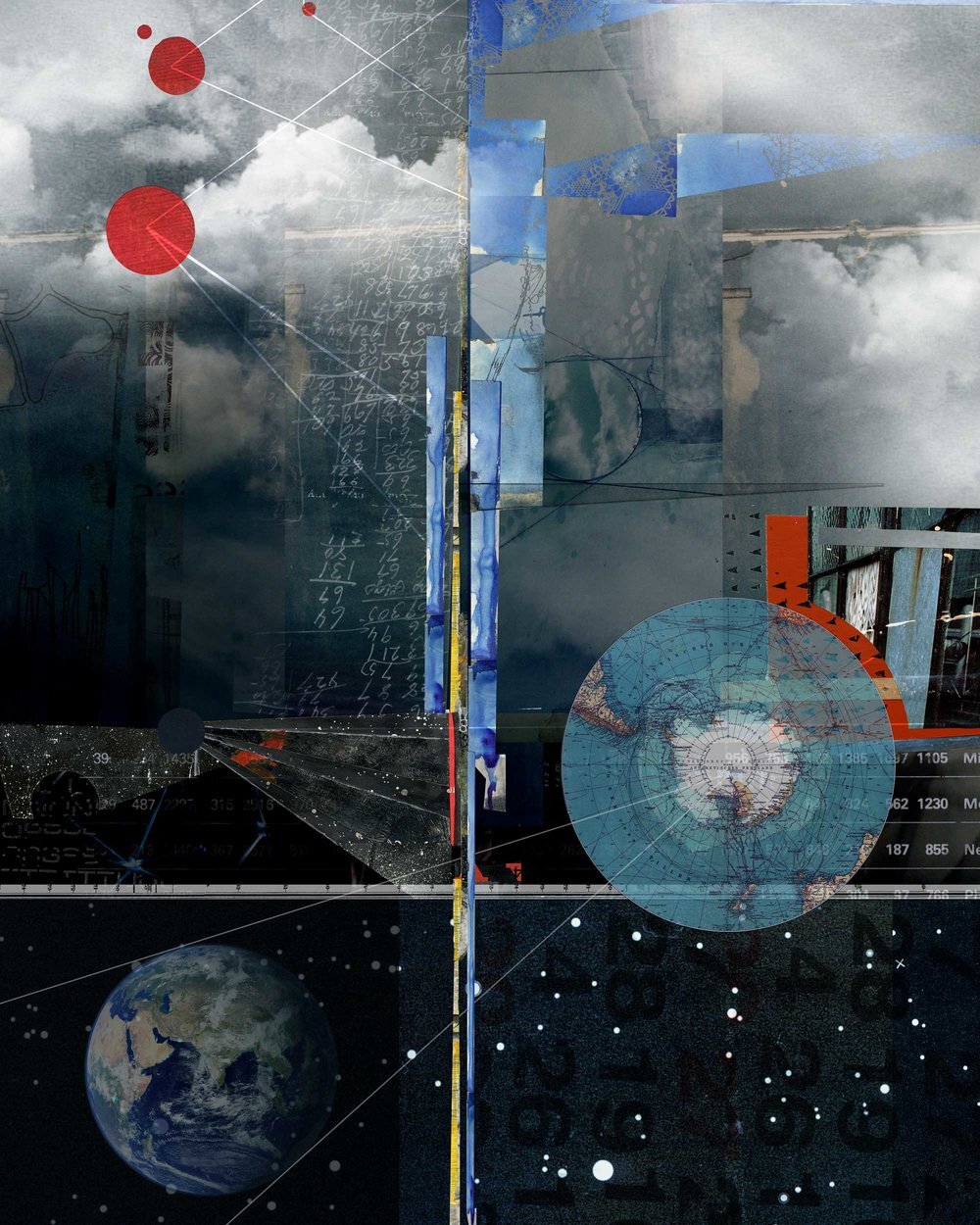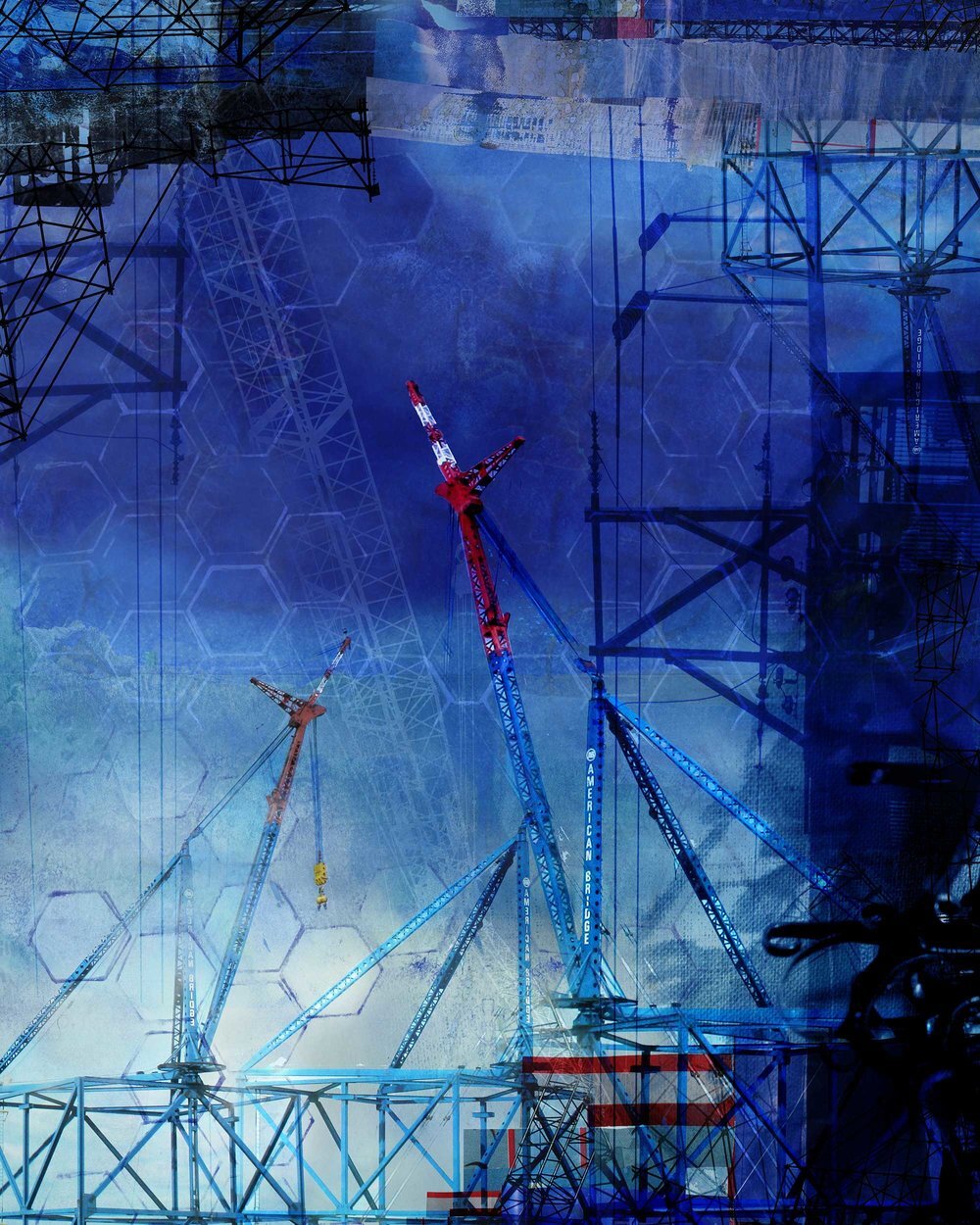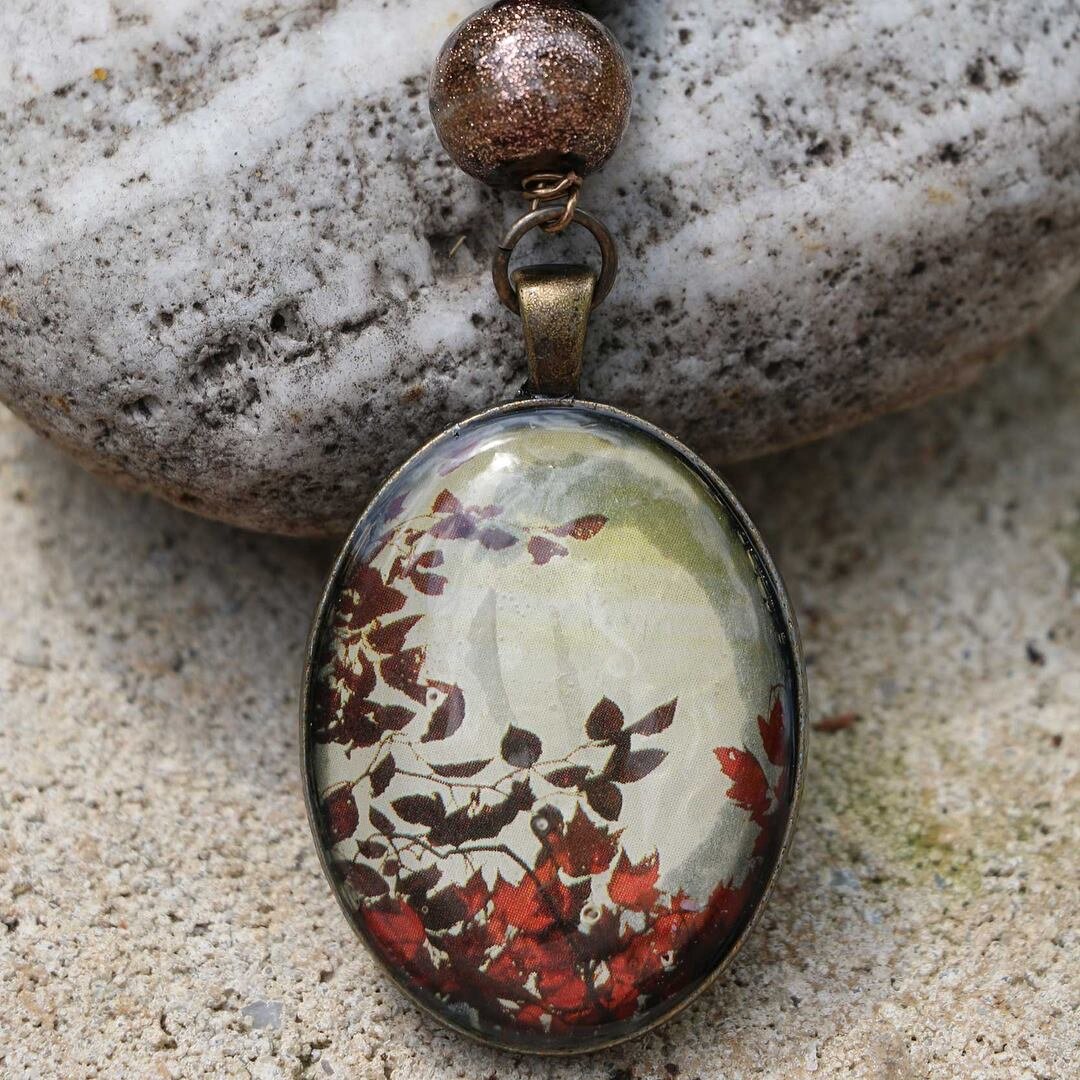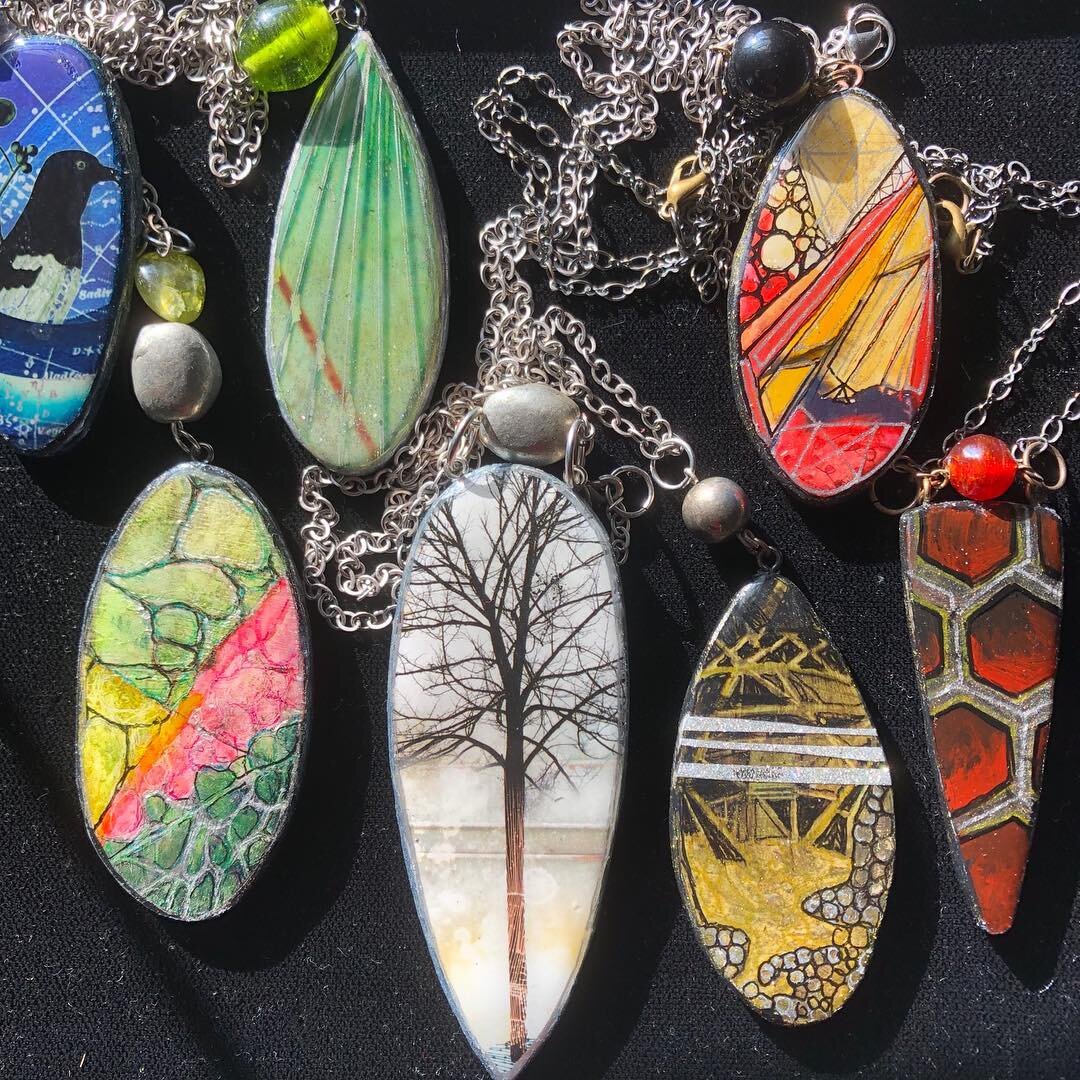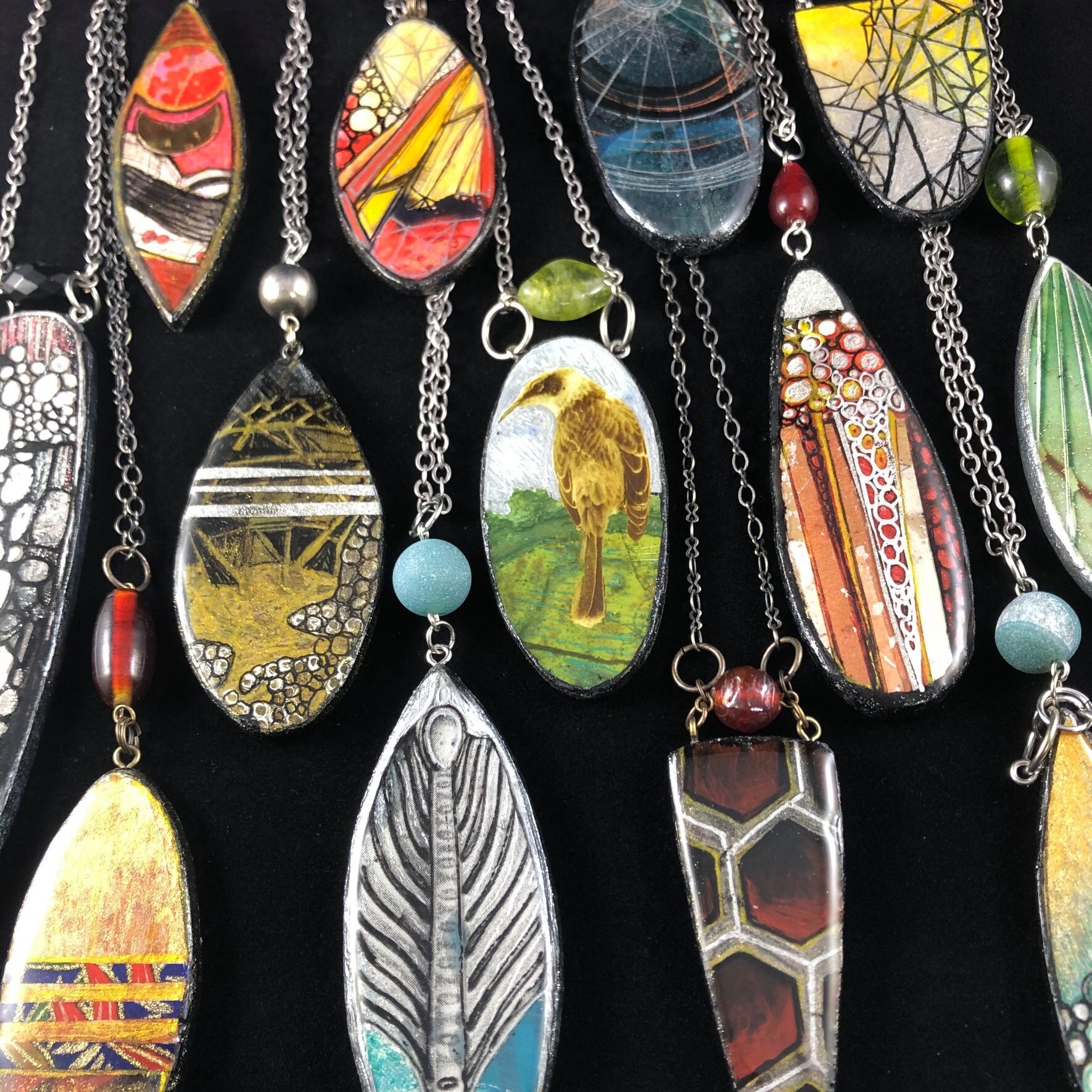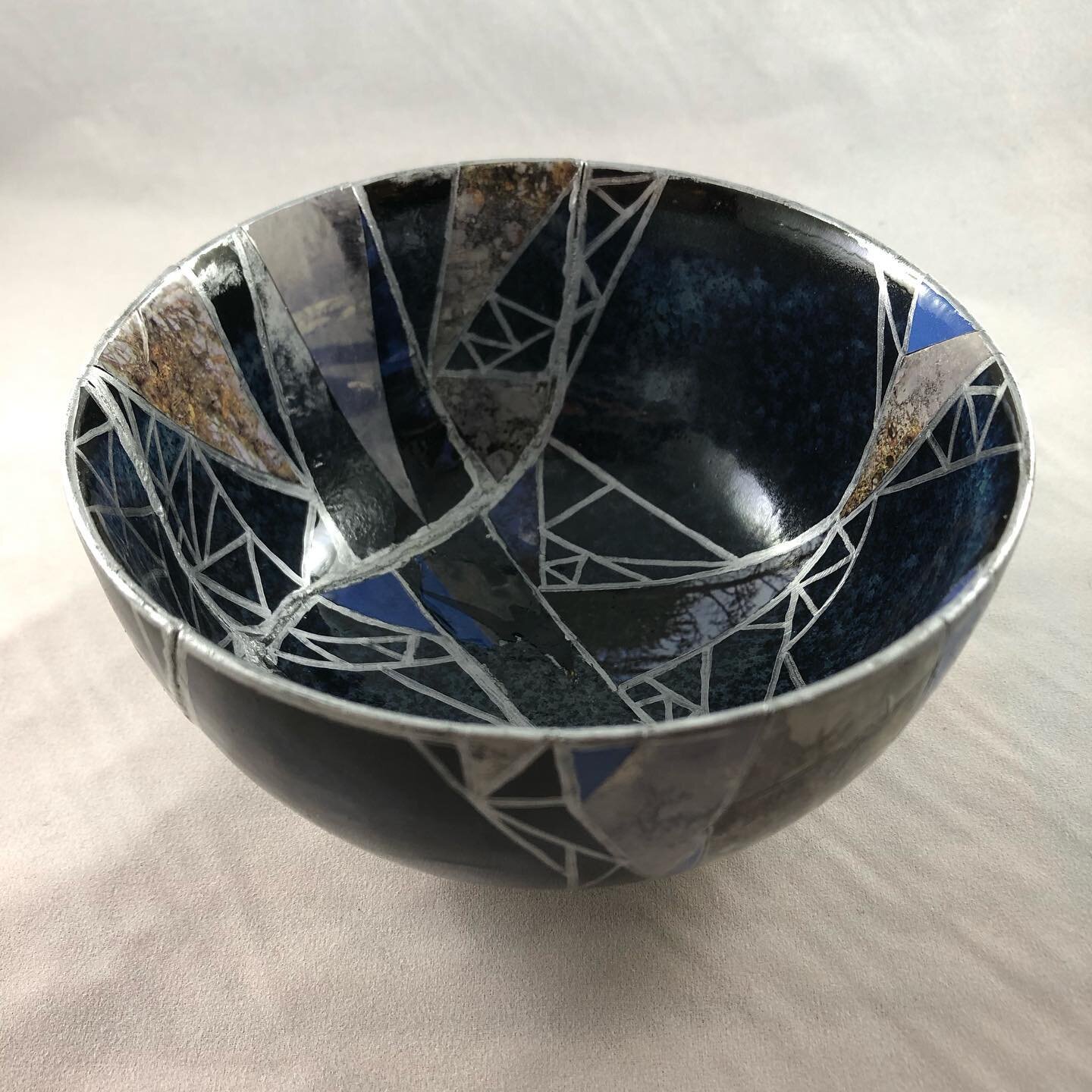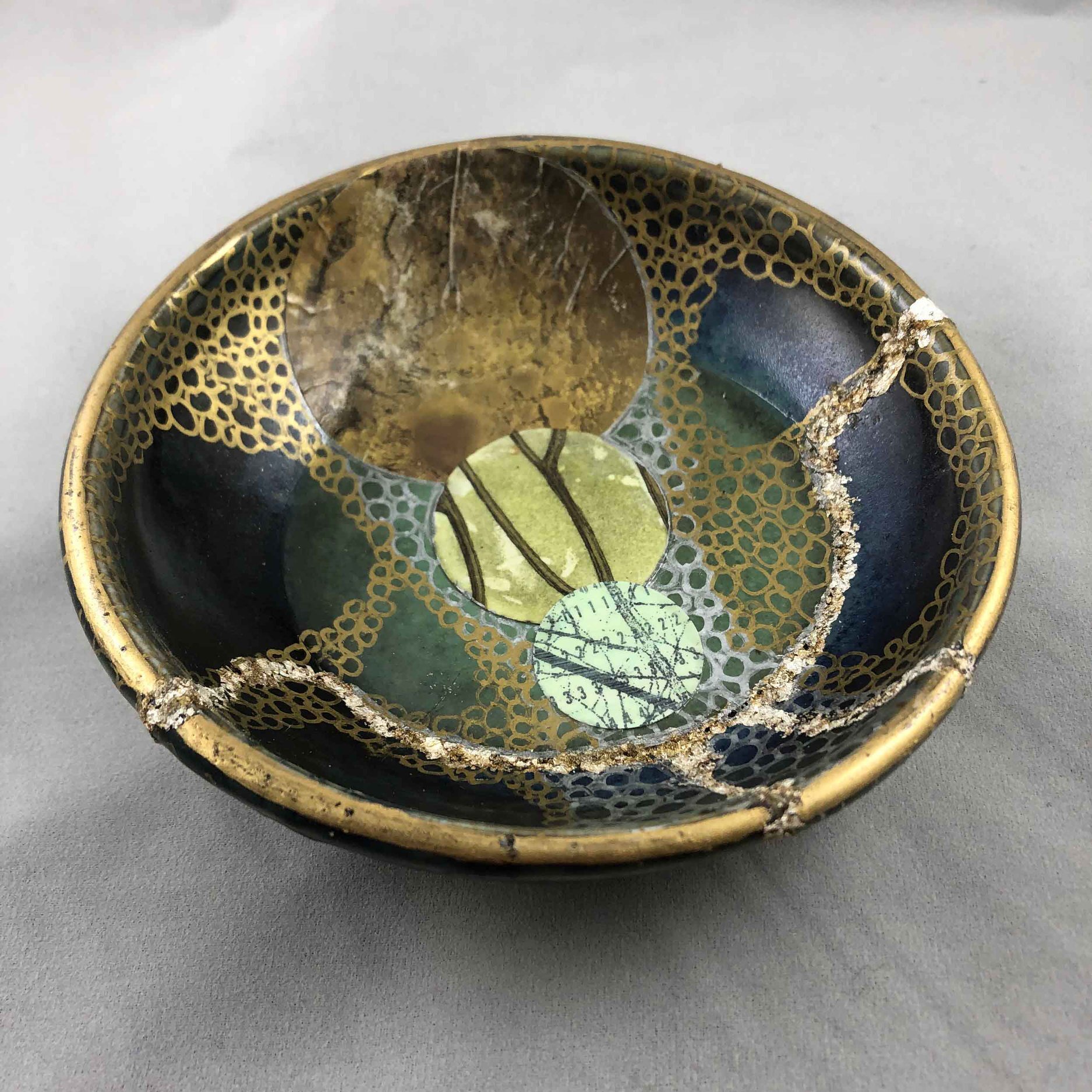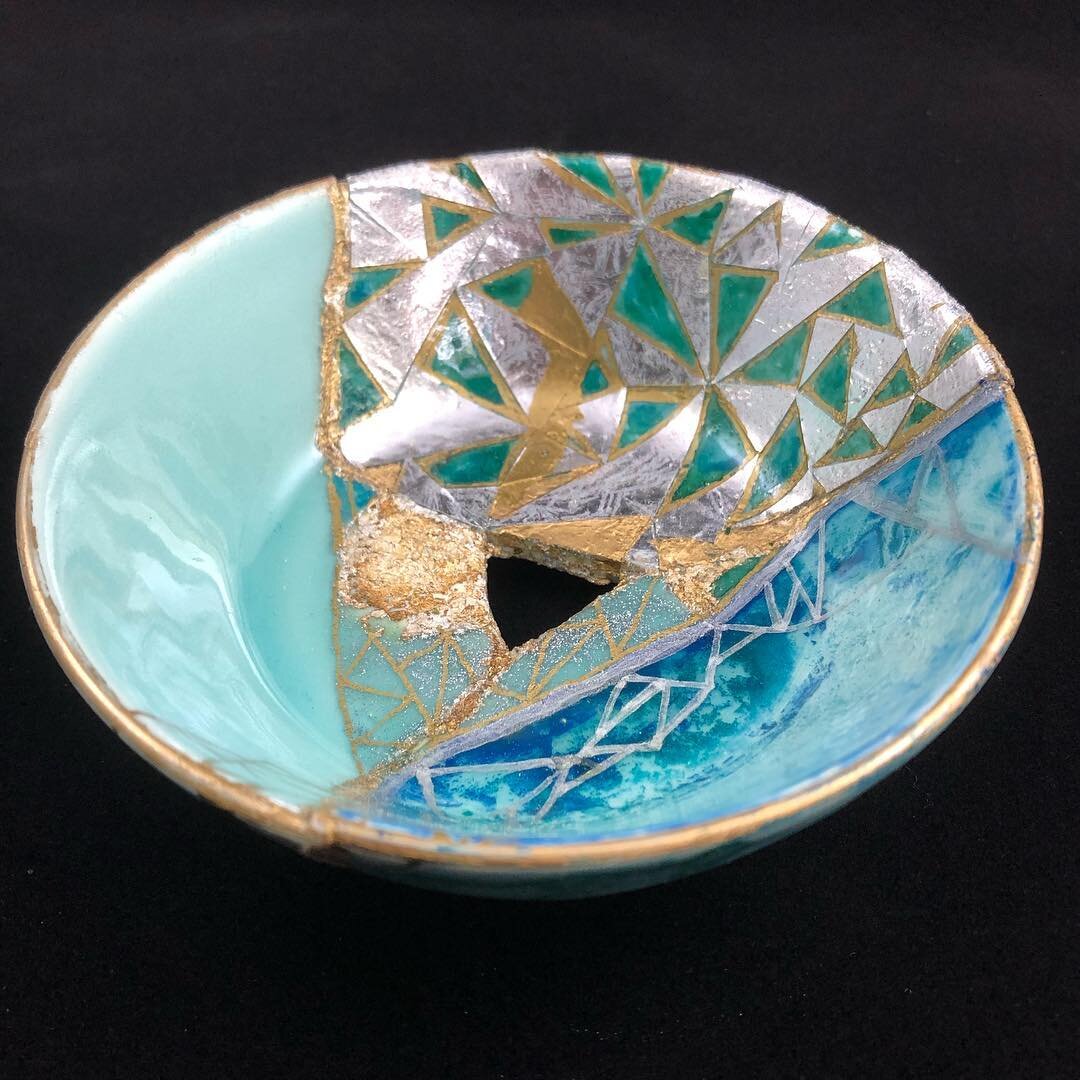If everyone is uniquely creative, why do so many of us not feel like we are, in fact creative? It’s in part because everyone struggles with creativity.
It’s easy to feel like creativity and magic just flow out of those artists, musicians, creators that we see in the history books or follow on YouTube and social media. They always seem to create the most incredible stuff, and we’re often left in awe at how simple it seems. And more often than not, we’re also left with a whole lot of self doubt as we wonder why it isn’t so easy or natural for us. But even our creative heroes have frequent bouts where they doubt their creativity and their capacity to create. And even if it seems like they have a handle on it now, we often don’t know or don’t see the struggle that they went through to connect with that well of creativity that is in us all. We’re just seeing their highlight reel, and we don’t know their story to creativity.
Like nearly all children, I was always drawing and creating, and I loved how I could create worlds by simply drawing lines and shapes that connected and merged into people, beasts, buildings, and so much more. I marveled at the magic that was mark making. I wasn’t any more gifted or talented than others my age. My creations weren’t those of a child prodigy gifted with creative powers beyond all comprehension. I was just a typical kid that loved to draw and make and create. I never really got a lot of encouragement from my parents and family, but then I never got any discouragement either. So, I never suffered the debilitating negative feedback that can crush young children and their creativity, but I also never got that uplifting feedback that made me feel like I could create anything. It was just part of fun and play, and I just went about my business and continued to draw and create for myself.
As I grew older, I began to become aware of the fact that I was pretty decent at this drawing thing, and then in an act of sibling rivalry, I had a bit of a watershed moment. I was in fifth grade, and my brother, who is two years older than I am, drew one of our cousins. I, who had recently begun to get the reputation as the family artist, just had to show up my brother, and I did. I drew the same cousin from the same photo, and I paid very close attention to getting the shapes of the eyes and the nose just right. I spent a lot of time working on it, and I even used crayon and mixed and blended the colors to get the appropriate skin tone and shading and to get the hair just right. When I was done, it was a pretty good likeness for a ten year old, and I got a lot of praise and compliments. I proudly gave the drawing to my cousin as a gift and cemented my reputation as the family artist.
Now praise can be just as stifling to creativity as outright scorn or discouragement because the need to please and get that praise becomes the primary objective — not the making or creating. Since I had gotten high praise for my portrait of my cousin, I set out to repeat that success over and over again. By the time I was in high school, I was thoroughly entrenched in drawing people, mostly portraits, as realistically as I could, and to me that’s what art was — drawing things as realistically as possible, and I was pretty good at it. I was also very comfortable with it, and I easily skated through my art classes through out my middle and high school years never being pushed out of that comfort zone. And even when I had that one teacher who challenged me my senior year, I resisted and wouldn’t allow myself to open to anything that was out of my comfort zone. I stayed in my lane, and did this thing that I was good at.
This continued all the way through college where I was always technically sound with my art and complimented for my good technique and craftsmanship year after year, but I graduated after four years not feeling like an artist — not feeling creative. Now I must say that I graduated with a degree in art education and not fine arts, but I don’t think that it would have made any difference. It was too easy to stay in my comfort zone, and in those four years there was just one art class that pushed me. Instead of resisting the push, I welcomed it, and looking back it was my favorite class because it was the one that challenged me the most. There was a lot of uncertainty, and I had to solve problems which meant that I had think like an artist and really tap into my creativity.
Despite this one spark of creative growth, I graduated and began my life and career as an art educator all the while feeling like I wasn’t creative at all. Even in my teaching, I felt like I was distanced from creativity, and though creativity was something that I looked for in the work of my students, I didn’t know how to get them to tap into it because I had never really learned how to tap into mine. I could teach them technique and how to use materials. I could teach them how to draw an accurate portrait or how to mix colors, but not how to creatively express themselves. Unfortunately, I most likely stifled a lot of my student’s creativity in those early years because I had them do projects where there was little room for individuality and creativity, and it’s something that I regret to this day.
But over the years, I began reconnecting to my creativity as I got deeper into my own artmaking, but it was a slow process. It was a long process, and though I turned to books and other resources about creativity, it was always talked about in nebulous ways. But I kept at it as I kept exploring my own artmaking, and with help of a couple of mentors, I began to really open up to my creativity. Over the years, I have discovered some concrete ways that help me tap into that creativity, but that doesn’t mean that I feel creative all the time and that I don’t struggle with it. I doubt my creativity and my capacity to create all the time. I know that it’s a constant struggle, but I now have the experience to know that creativity, like so many things in life, has its ebbs and flows. When I feel stuck or doubtful, I can turn to a range of strategies, techniques, and exercises that can get me unstuck and get me creating. I’ve tried to share many of those things through the classes and workshops that I teach and through my blog, podcast, and videos.
It has become my mission to help folks connect with their creativity, because after all, everyone struggles with their creativity, and we all can use a helping hand.
